Here is a list of top ten things to do if you visit Cambodia, a country in Southeast Asia. This list is based on my travels in Cambodia from December 2012 to January 2013. It’s generally ordered by proximity to the country’s premier tourist destination, Angkor.
The destinations and activities below will give you a taste of what this incredible country has to offer. A study in contrasts, from the majesty of the former Khmer Empire showcased by the legendary Angkor to the country’s recent tragic history under the Khmer Rouge still echoing in the Killing Fields, Cambodia is unique. It is a wonder to behold. These are some of the best places where you can experience what Cambodia has to offer, although this is by no means a complete list.
1. Angkor: The capital of the Khmer Empire from 802 A.D. until its conquest by the Thais in 1351 A.D., Angkor today is a UNESCO World Heritage Site in northwest Cambodia near the city of Siem Reap. Hailed as one of the world’s most spectacular ancient historical sites, Angkor is a large complex that includes the former palace of Angkor Thom and dozens of Hindu and Buddhist temples scattered across an area more than 1,000 square kilometers (390 square miles) where as many as one million people once lived. Today more than two million tourists flock annually to this remarkable place to see the timeworn temples, buildings, and points of interest that coexist with contemporary Cambodia. Angkor is by far the most popular tourist destination in Cambodia, and its highlights would easily fill their own top ten list. The site is so far flung that it has inner and outer roads to take you to take you near and wide around Siem Reap.
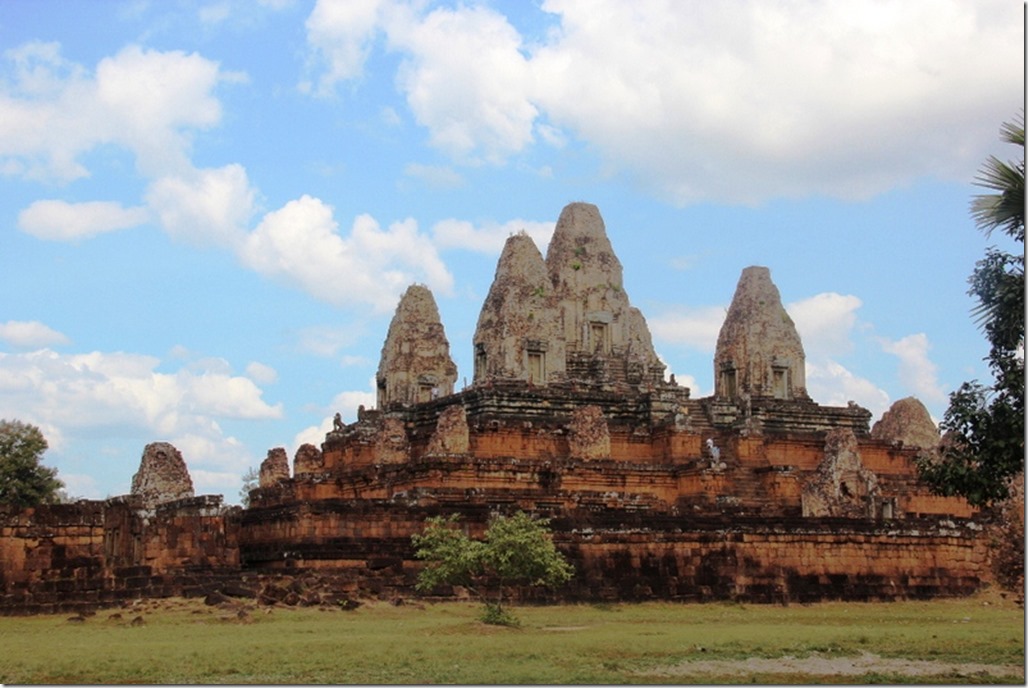
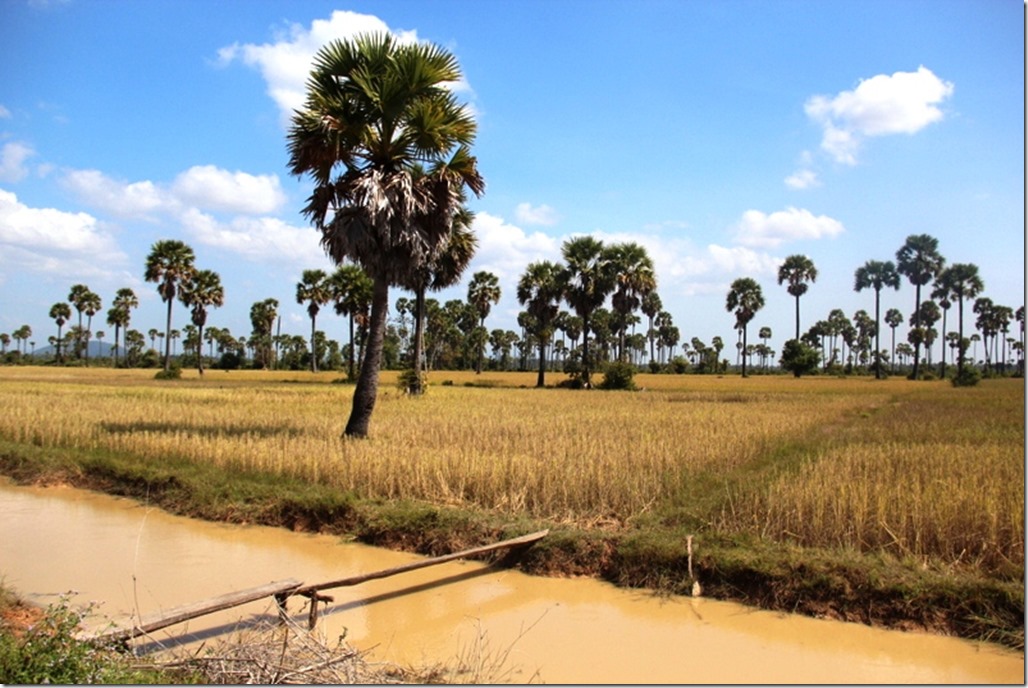
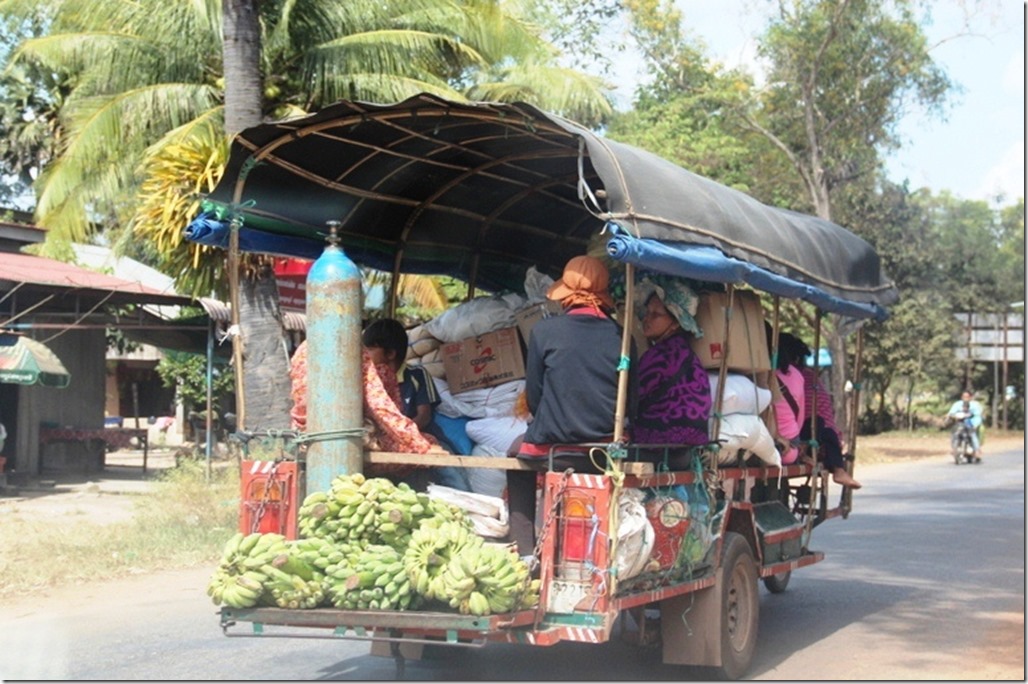
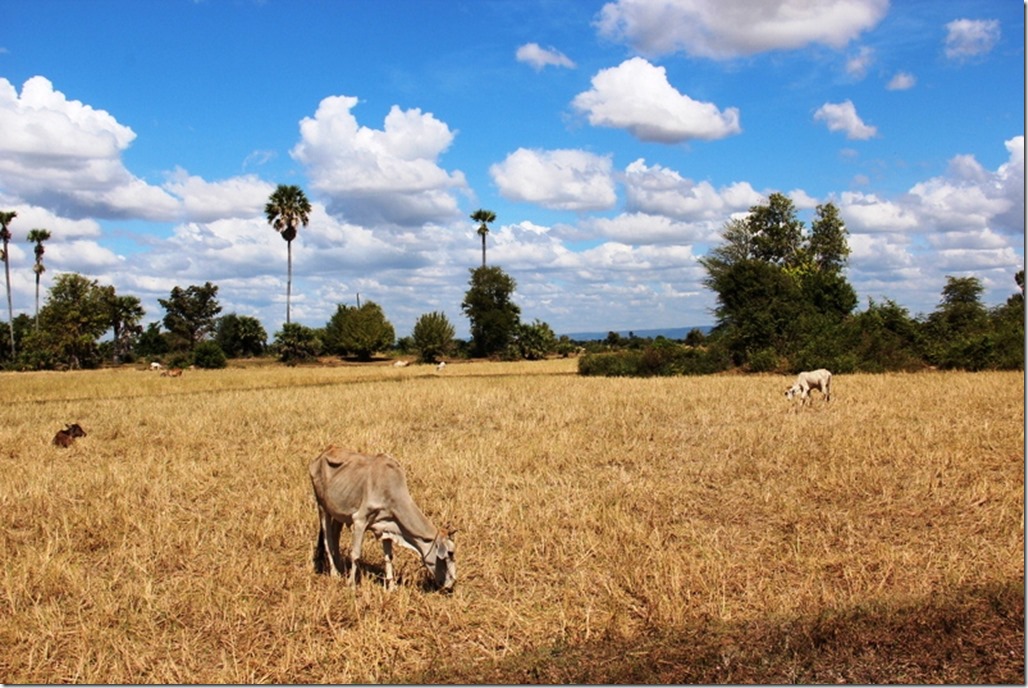
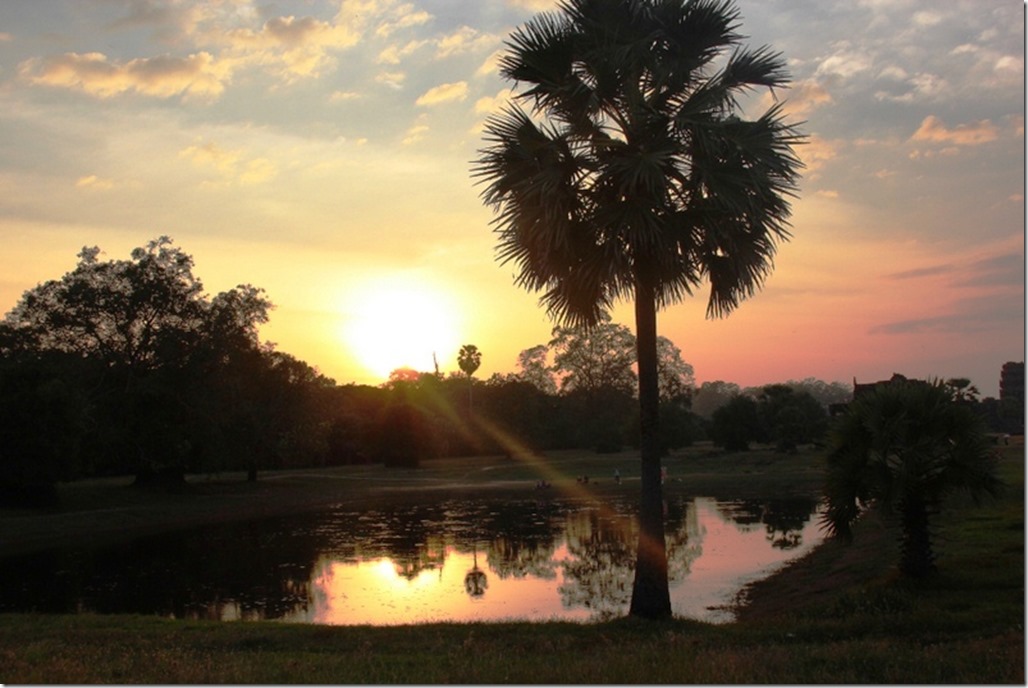
Angkor Wat: A Hindu temple built between 1113 and 1150 A.D., majestic Angkor Wat overshadows the Angkor complex and is by far its most popular attraction. It is splendidly beautiful. No visit to Cambodia would be complete without spending time in Angkor Wat. Walk around the gardens, admire the reflecting pools, and climb up to the main courtyard where you can see an amazing 360-degree view of the horizon.
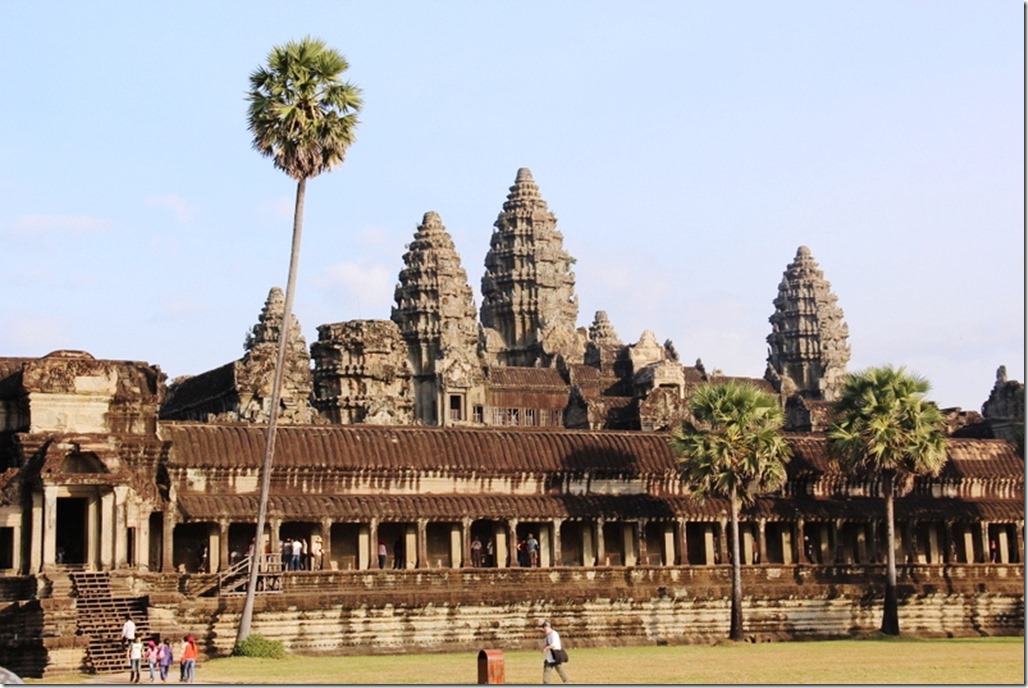

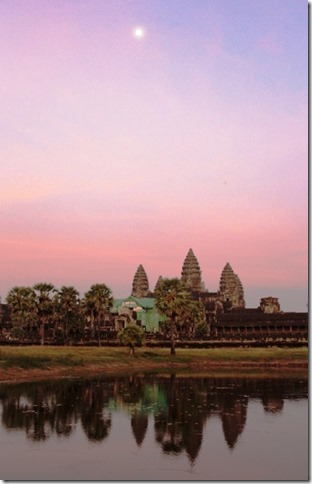
Angkor Thom: The former Khmer capital in the epicenter of Angkor is surrounded by a wall with preserved gates you can drive through in a car or tuk tuk. Several important sites are located inside its walls, including the Bayon, Baphuon, and Terrace of the Leper King.
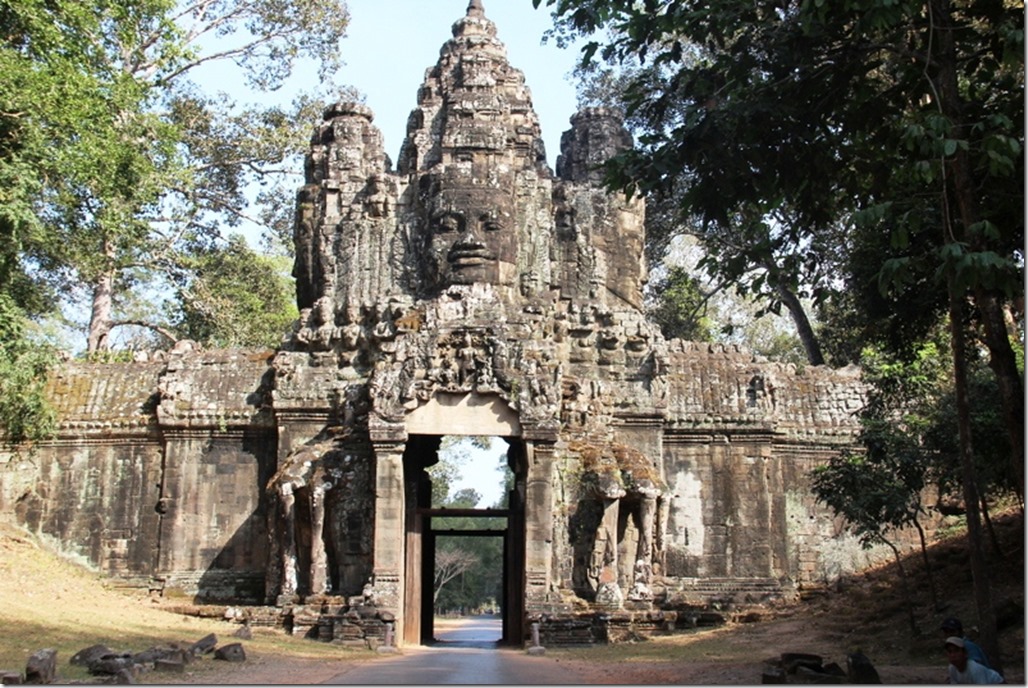
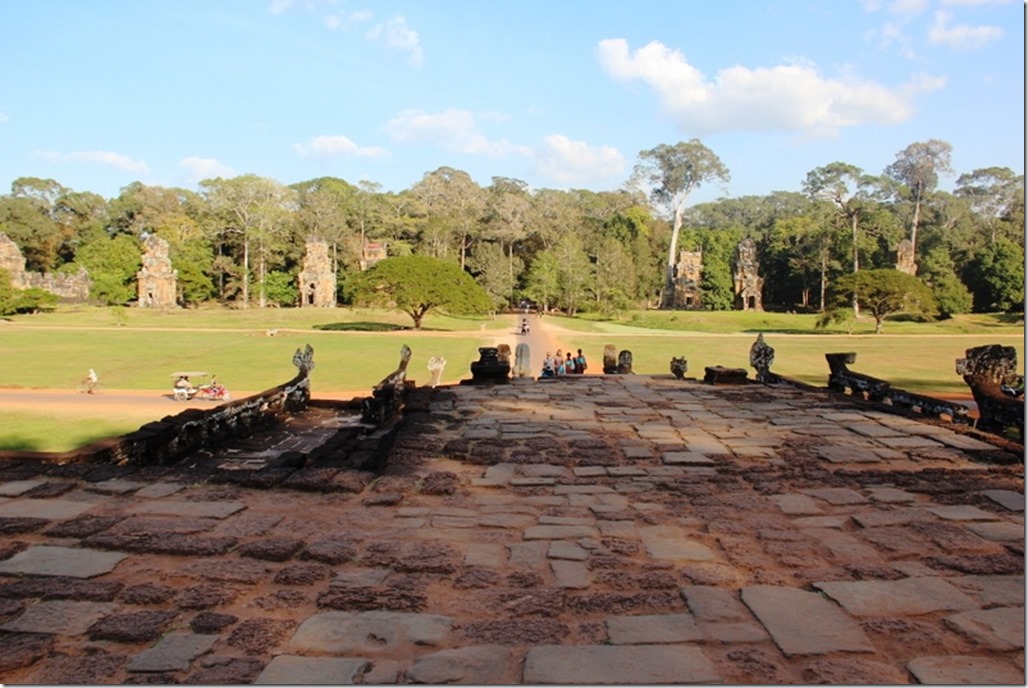
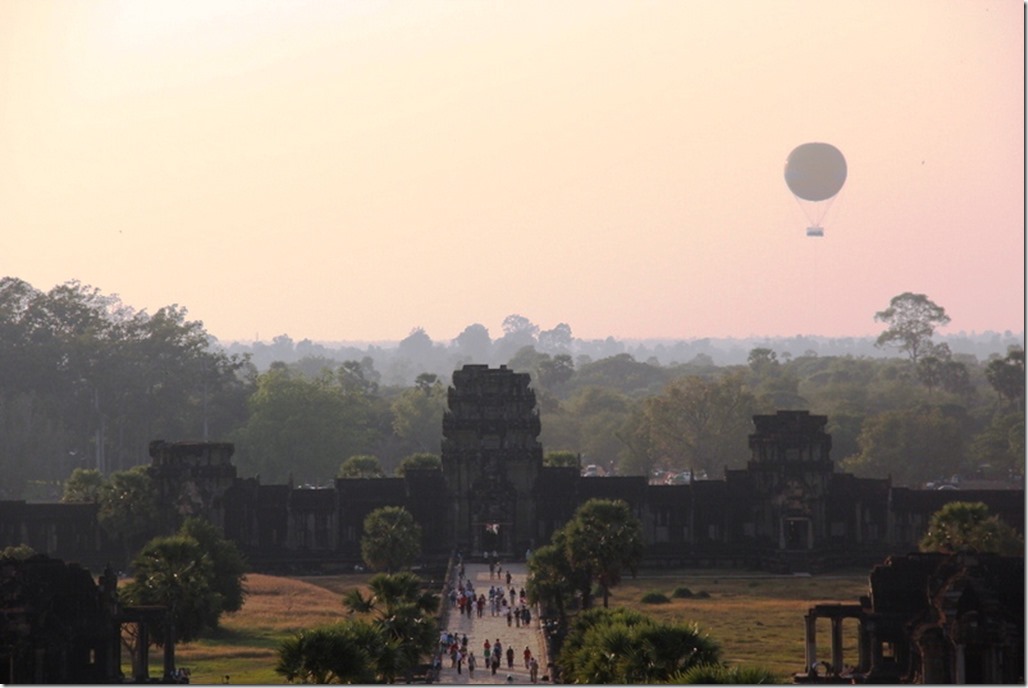
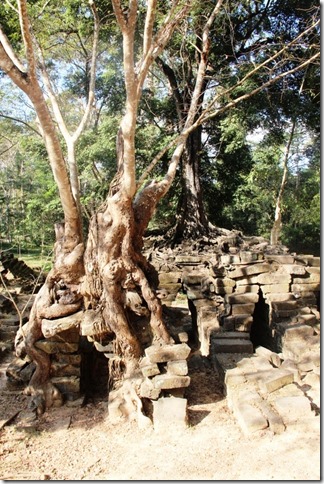
Bayon: The state temple of the Khmer kings, the Bayon is a Buddhist shrine built in the late 12th Century or early 13th Century. The out-of-this-world mystical site is filled with towers graced with faces carved into the stone, giving the impression that the temple guardians are watching you. The walls also features impressive bas-reliefs.
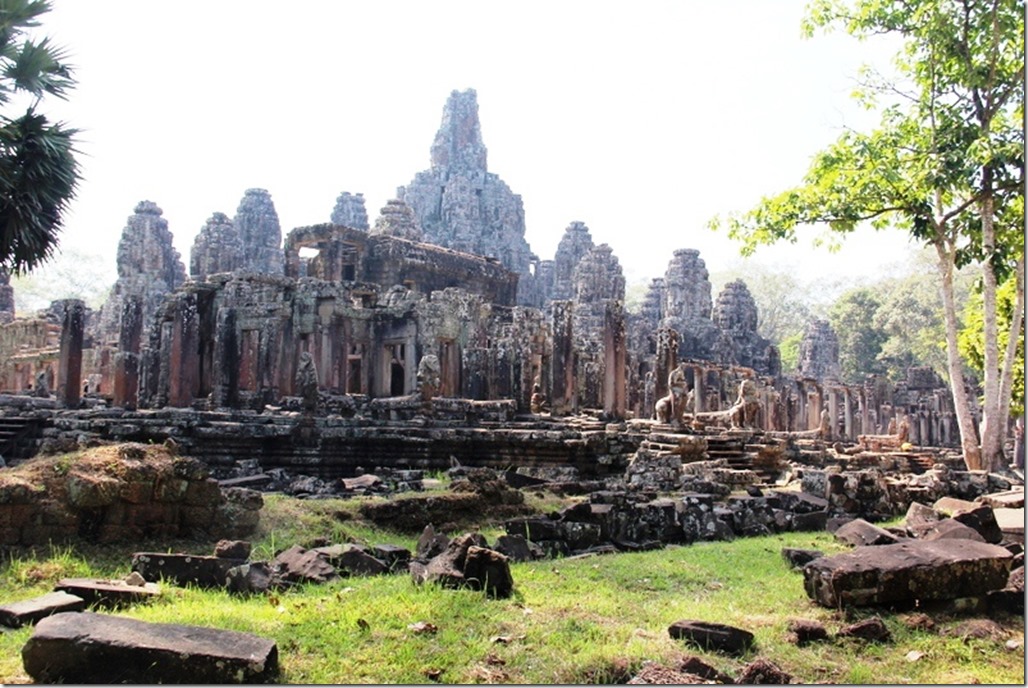
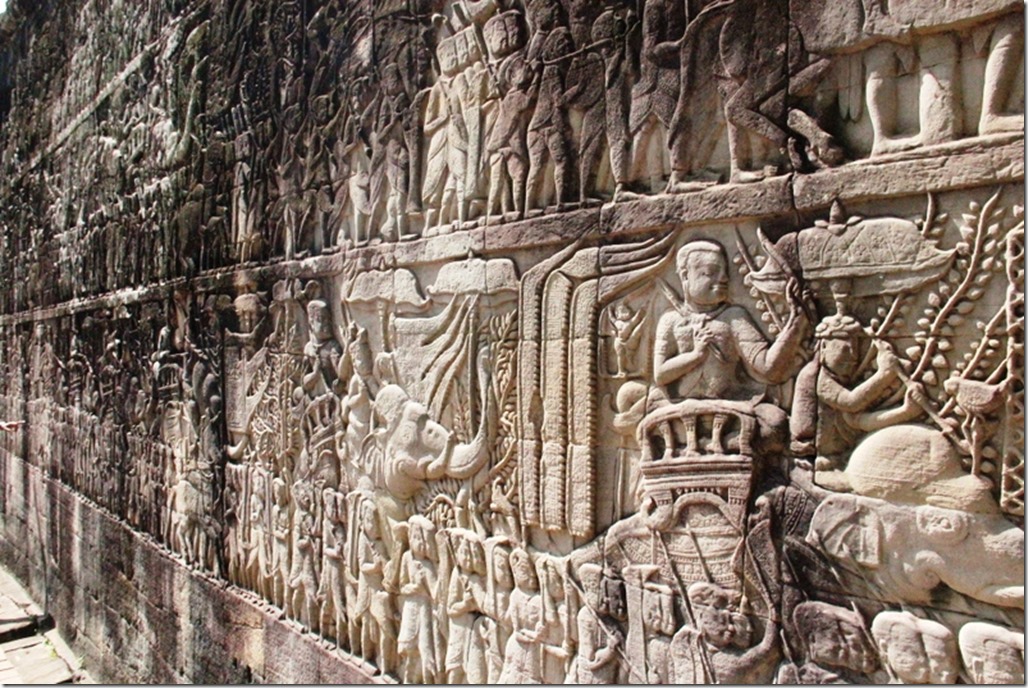
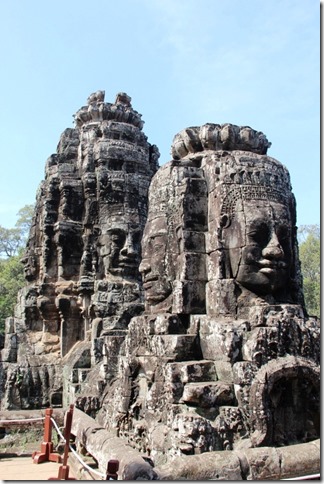
Baphuon: A Hindu temple built in the 11th Century, the Baphuon lies northwest of the Bayon and just south of the royal palace. The collapsed temple was rebuilt in the last half of the 20th Century and now offers a great view of Angkor Thom from the top. The back of the temple features one of the world’s largest Reclining Buddhas. Can you spot him in the picture below?
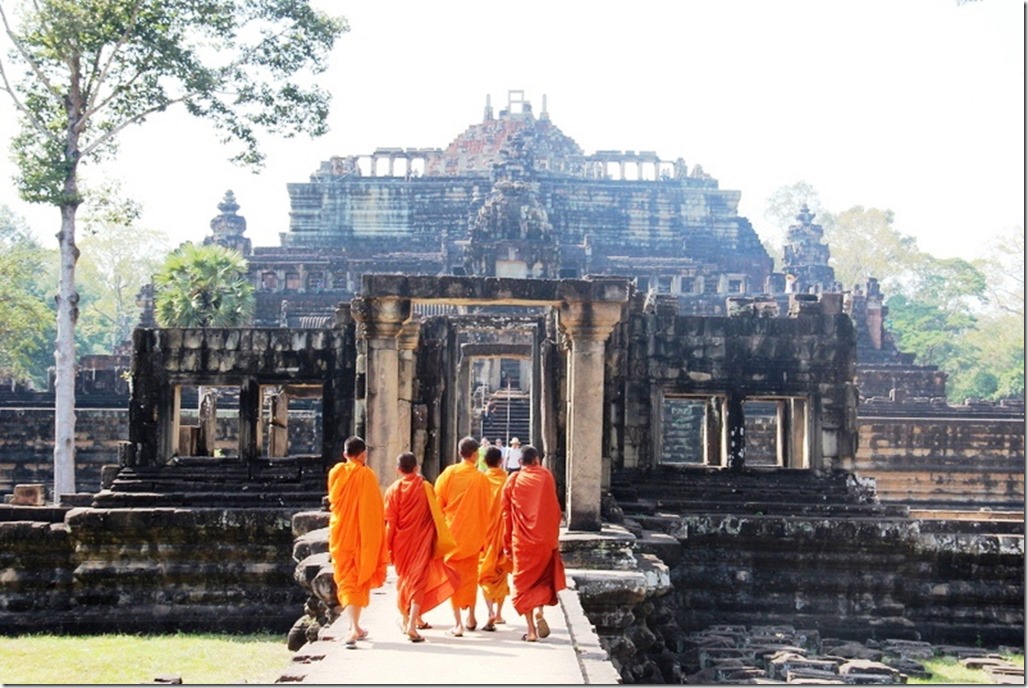
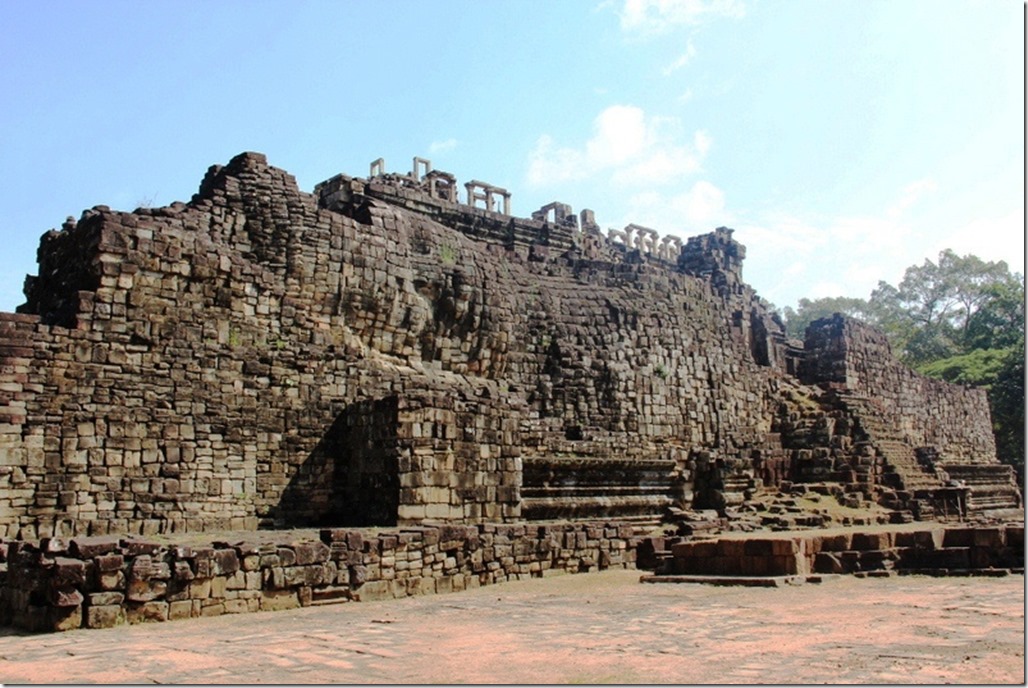
Terrace of the Leper King: The semi-submerged structure at the center of Angkor Thom winds through a hillside like a snake, its walls adorned with images from Hindu lore. The site was reportedly used for cremation ceremonies and named after an Angkor king who had leprosy.
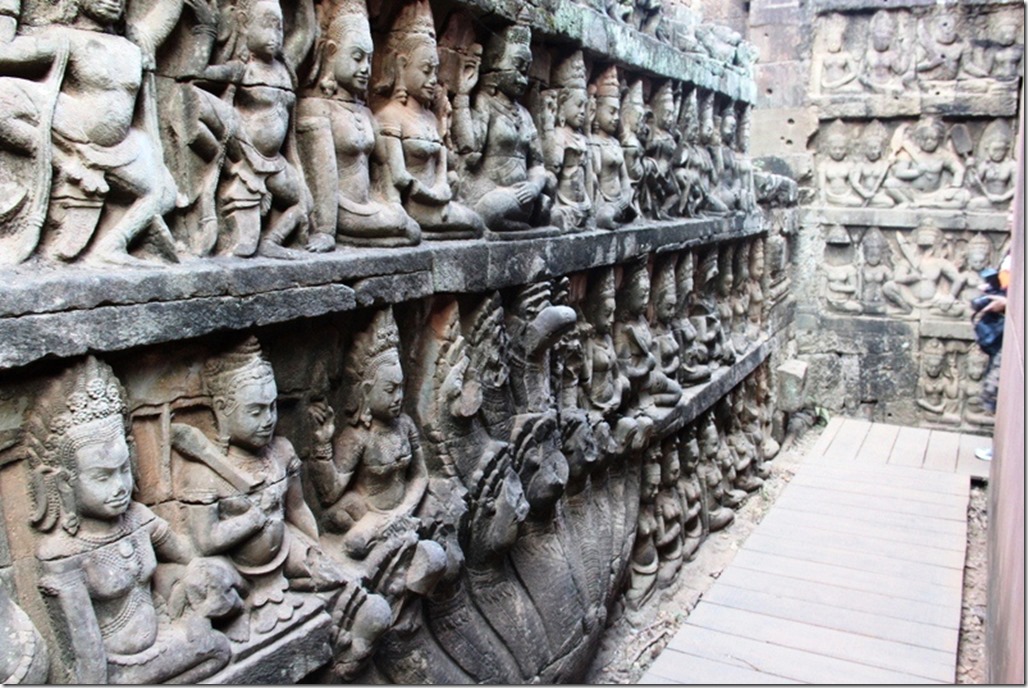
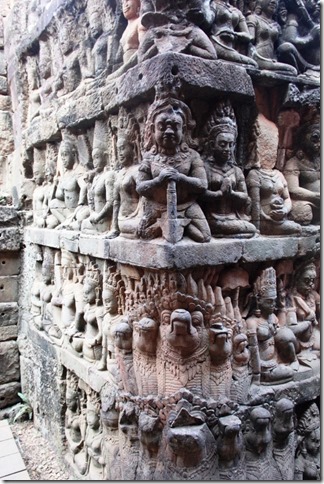
Ta Prohm: A Buddhist monastery located to the east of Angkor Thom, Ta Prohm is the second most popular of the many temples and monasteries after Angkor Wat. Much of it has been left its natural state, although some efforts have been made to preserve the site and keep it from being gradually torn apart by the roots of the tetrameles nudiflora trees growing on its walls. The site is otherworldly – a scene from the movie “Tomb Raider” was filmed at Ta Prohm. One hopes that it won’t fall to ruin from the very trees that make it more awe-inspiring than computer-generated imagery (CGI) animation.
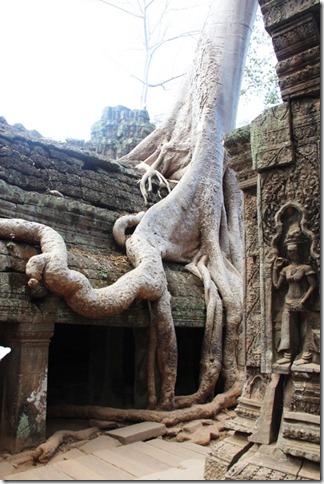
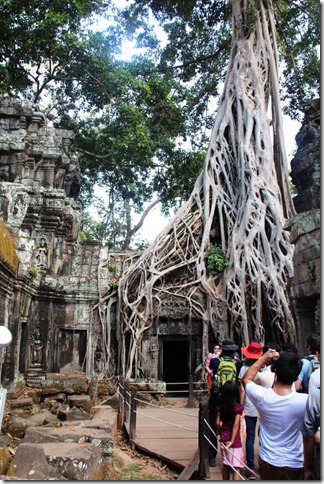
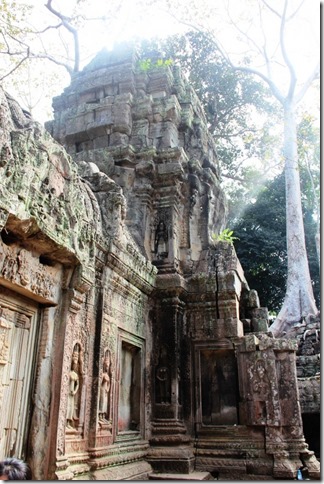
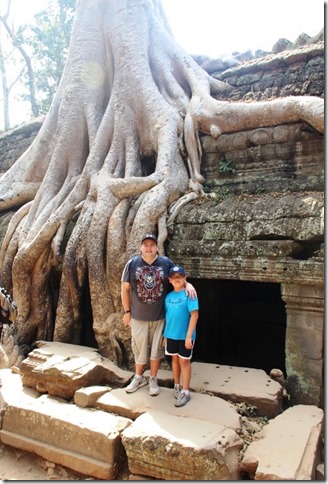
Ruluos: A cluster of Hindu temples in Angkor about 15 kilometers southeast of Siem Reap, the site is dominated by the Bakong and Preah Ko temples. Built in the 9th Century, they were among the first shrines built by the Khmer kings.
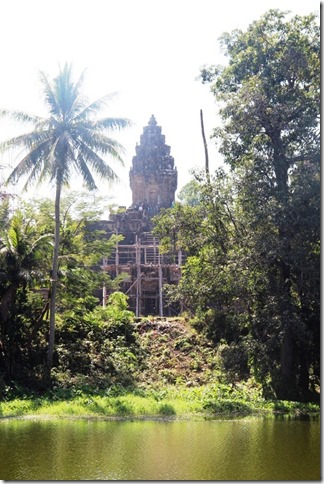
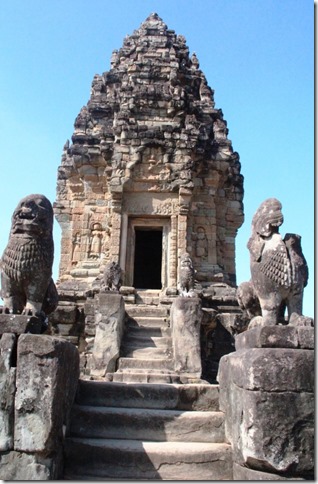
2. Siem Reap: Cambodia’s tourist hub is a fun city of about 200,000 located near some of Angkor’s most stunning sites. Stay in the center and enjoy the town in the evening after a long day touring Angkor. Siem Reap has several markets, including a night market, and its lively evening atmosphere makes it a great destination for food, shopping, and entertainment.
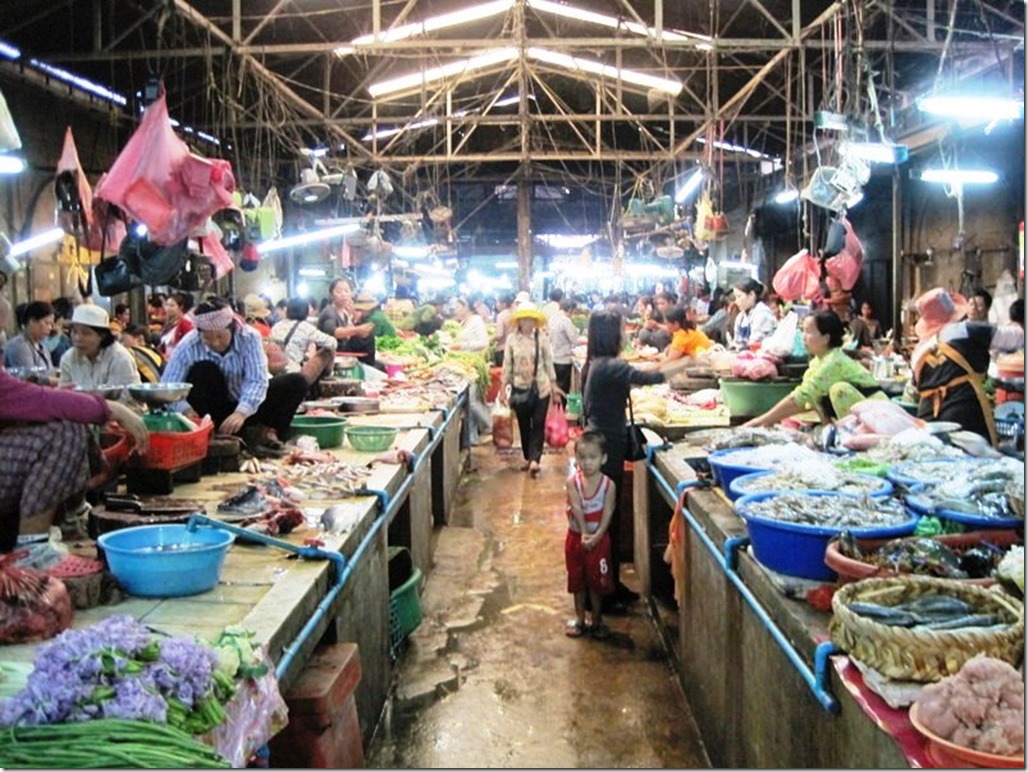
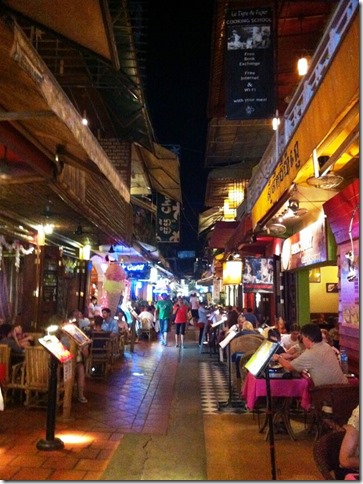
3. Kompong Phluk Stilt Village/Tonle Sap Lake: Kompong Phluk Stilt Village is located about 25 kilometers southeast of Siem Reap off National Highway 6; the entrance is just past the road to Ruluos. During the dry season when it’s not flooding, villagers who make a living fishing on Tonle Sap Lake, Cambodia’s largest, live in stilt houses that rise more than five meters (15 feet) off the ground. The town offers an interesting glimpse into the lives of local fishermen and looks like the set of a post-apocalyptic movie. Wooden boats take tourists downriver past the town on a brief cruise through a semi-submerged mangrove forest and along the shore of Tonle Sap Lake. It’s a great daytrip combined with a visit to Ruluos. Those who don’t have a car can take a tuk tuk or taxi from Siem Reap for a reasonable price.
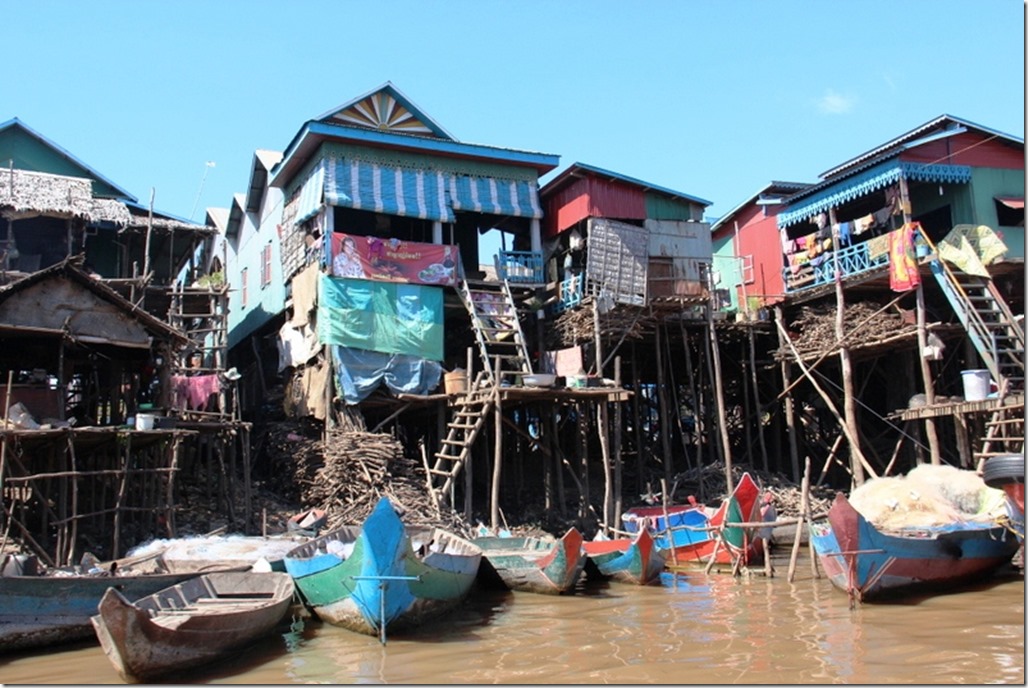
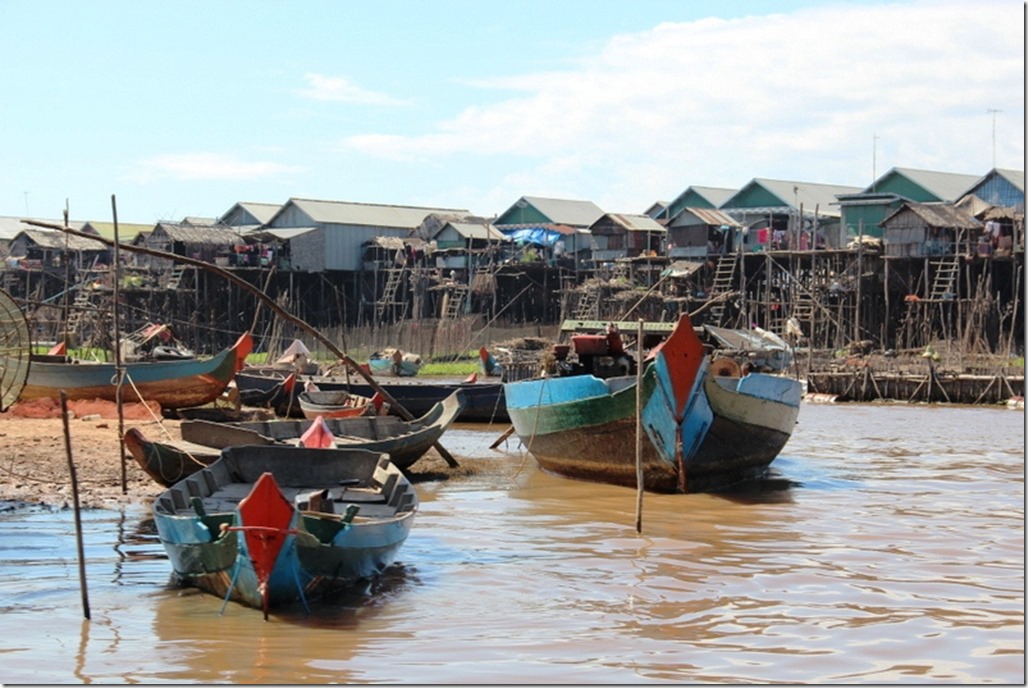
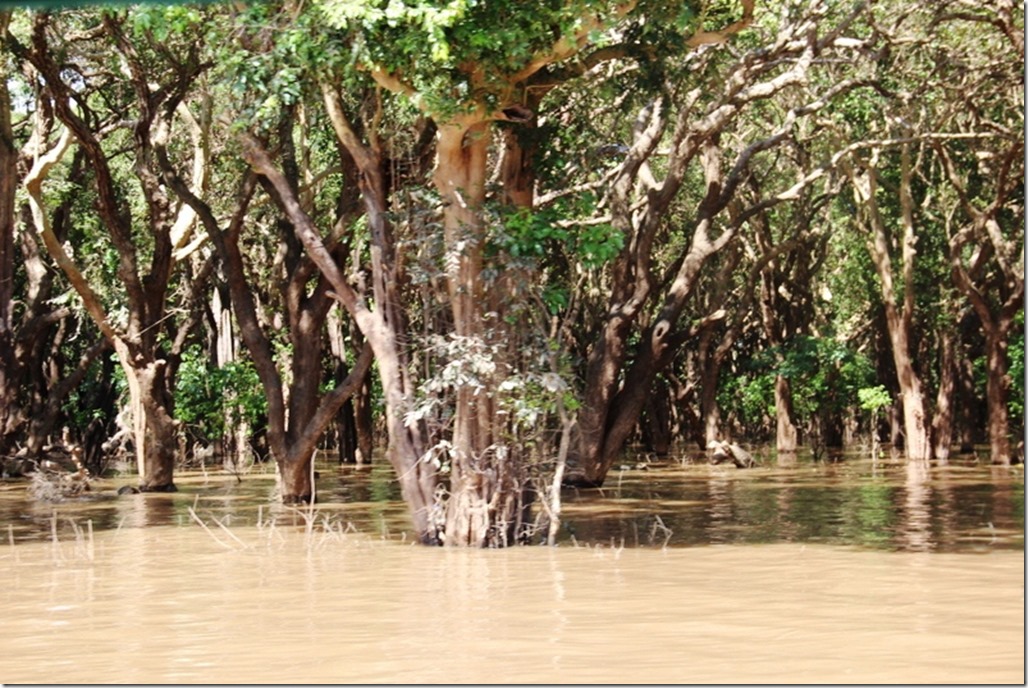
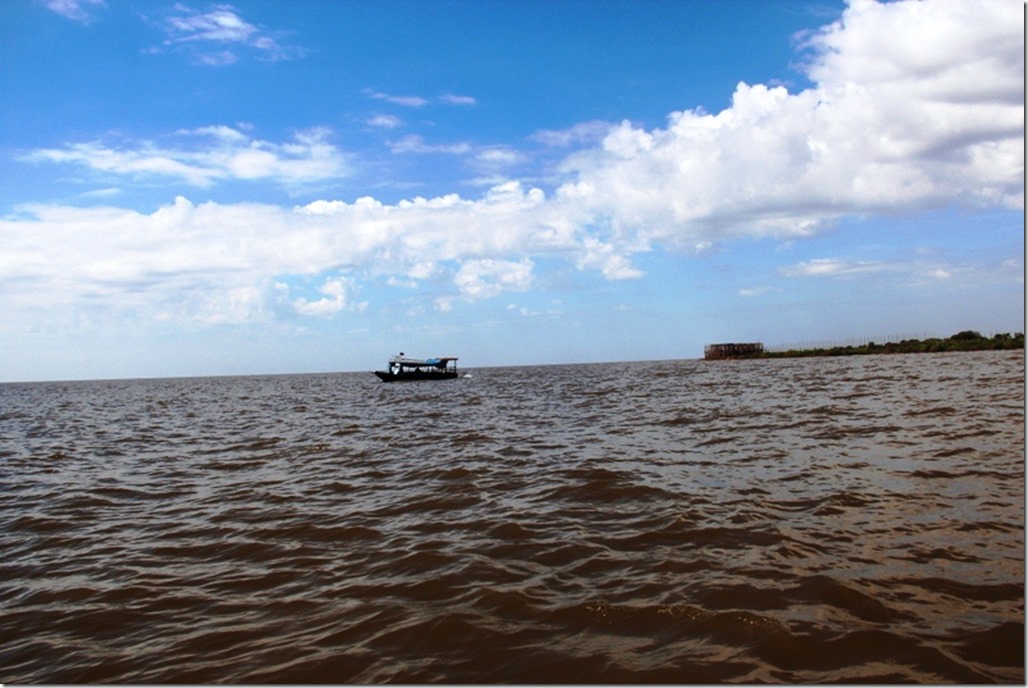
4. Koh Ker: Briefly Angkor’s capital from 928 to 944 A.D., Koh Ker lies about 120 kilometers (75 miles) northwest of Siem Reap in a remote area of Cambodia. The seven-tiered pyramid is the most famous of several historical sites in Koh Ker. Perhaps most significantly, Koh Ker is a nice get away from the throngs of tourists who congregate around Siem Reap.
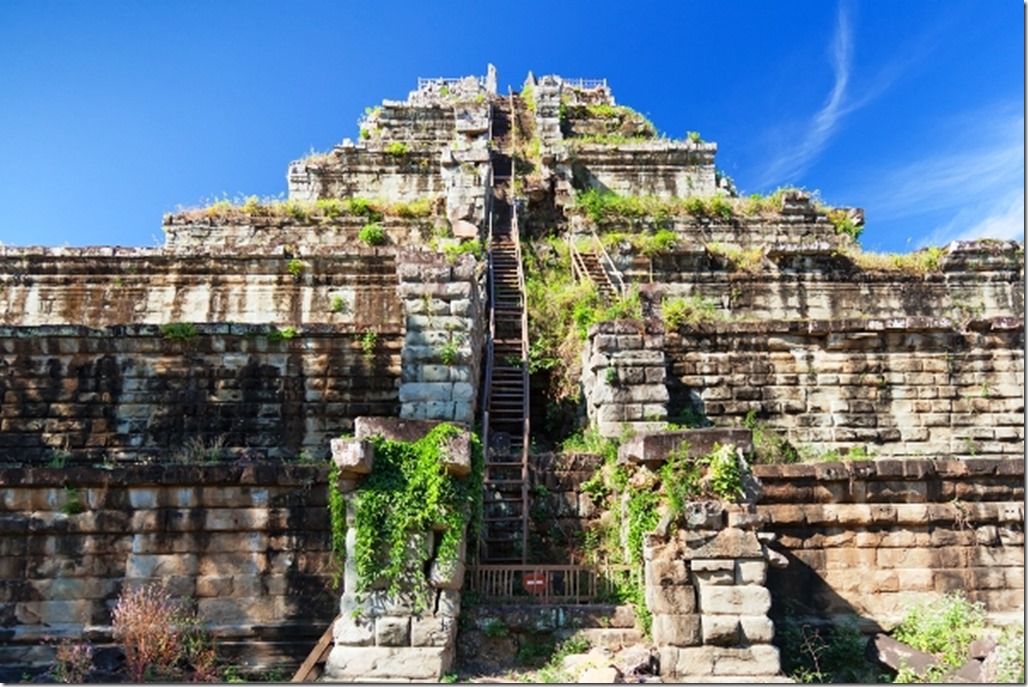
5. Preah Vihear: An ancient Hindu temple built in the 9th Century on the edge of what was once Angkor, Preah Vihear sits atop a cliff in the Dangrek Mountains of Cambodia overlooking a plain in Thailand. The temple is beautiful and the view spectacular. A 140-kilometer trip from Siem Reap, the temple sits on the Cambodian-Thai border. Tensions between Cambodia and Thailand over access to the location and instances of violence has made the area somewhat volatile, although the situation has been quiet as of late.
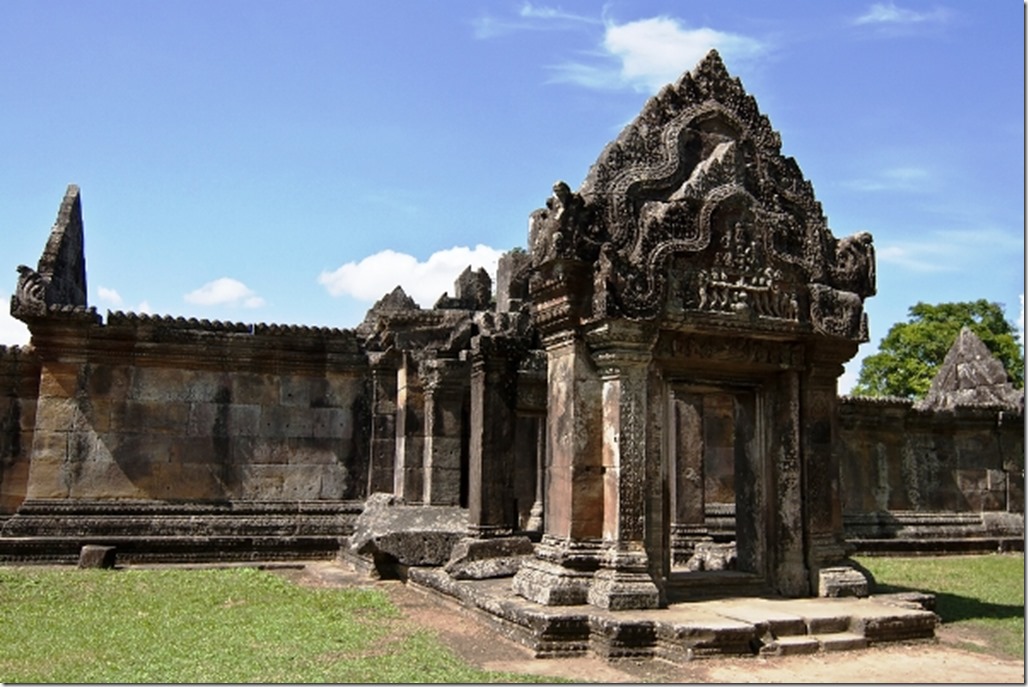
6. Phnom Penh: Cambodia’s capital is a study in contrasts. It is fast emerging as a dynamic engine of growth for development with the opening of a new stock exchange and financial center. And yet, it can’t escape its brutal past under the Khmer Rouge regime that captured Phnom Penh in 1975 and decimated the city and its people until its overthrow in 1979. A walking tour of the center, from Wat Phnom Penh temple to the markets near the waterfront for shopping and a meal, to glimpses of historic sites such as the French architecture along Monivong Boulevard and the Cambodia-Japan Friendship Bridge, are reminders of Phnom Penh’s past and present. Try some Cambodian food with French coffee and dessert at one of Phnom Penh’s many eateries.
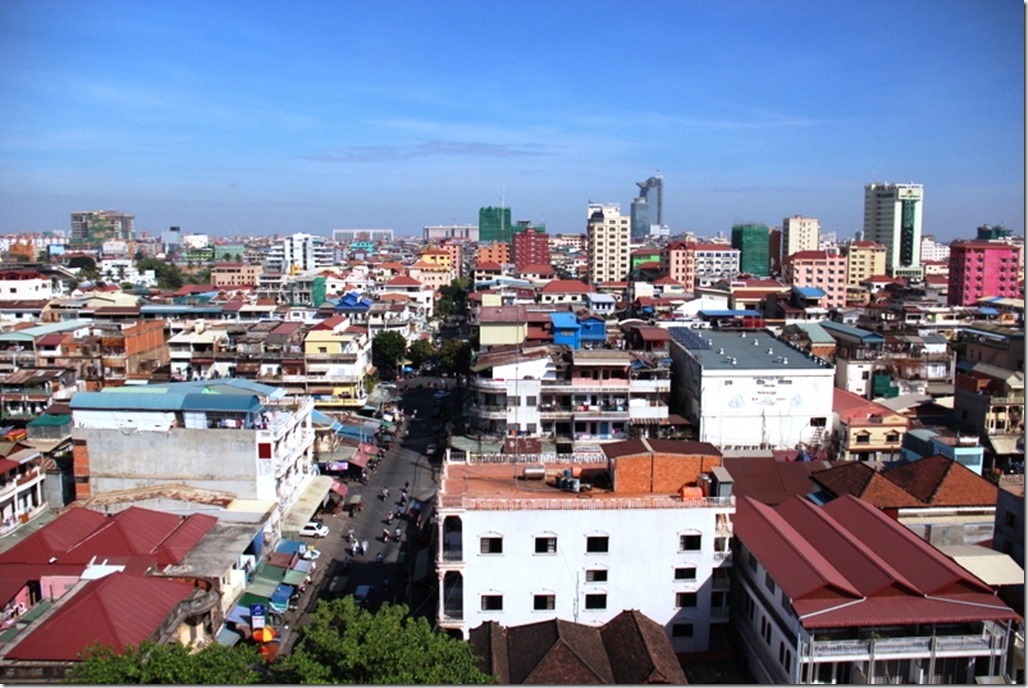
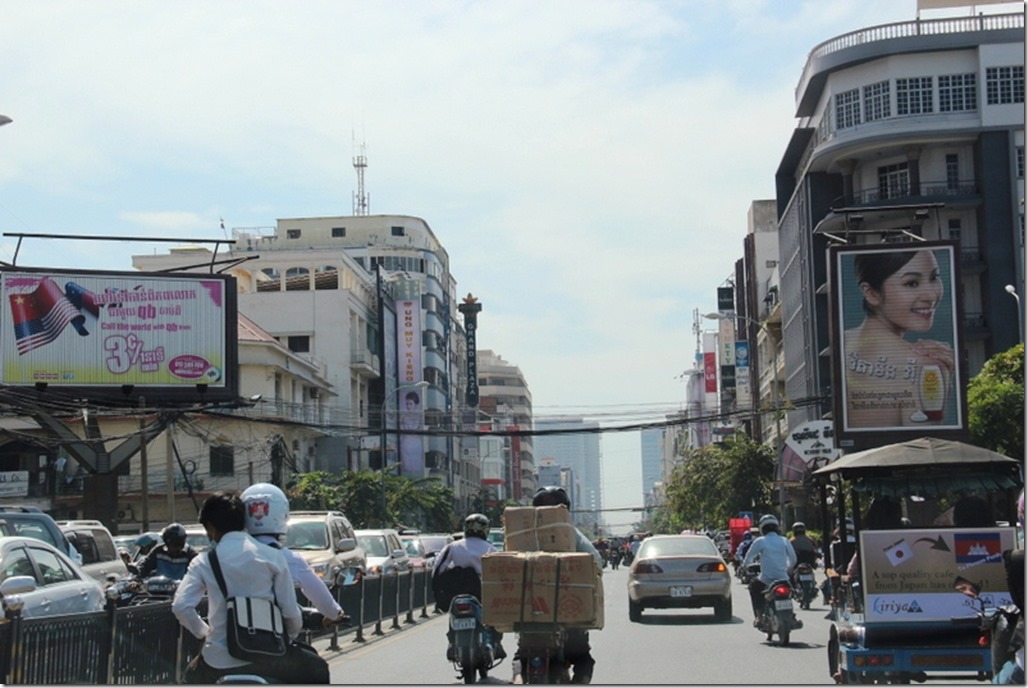
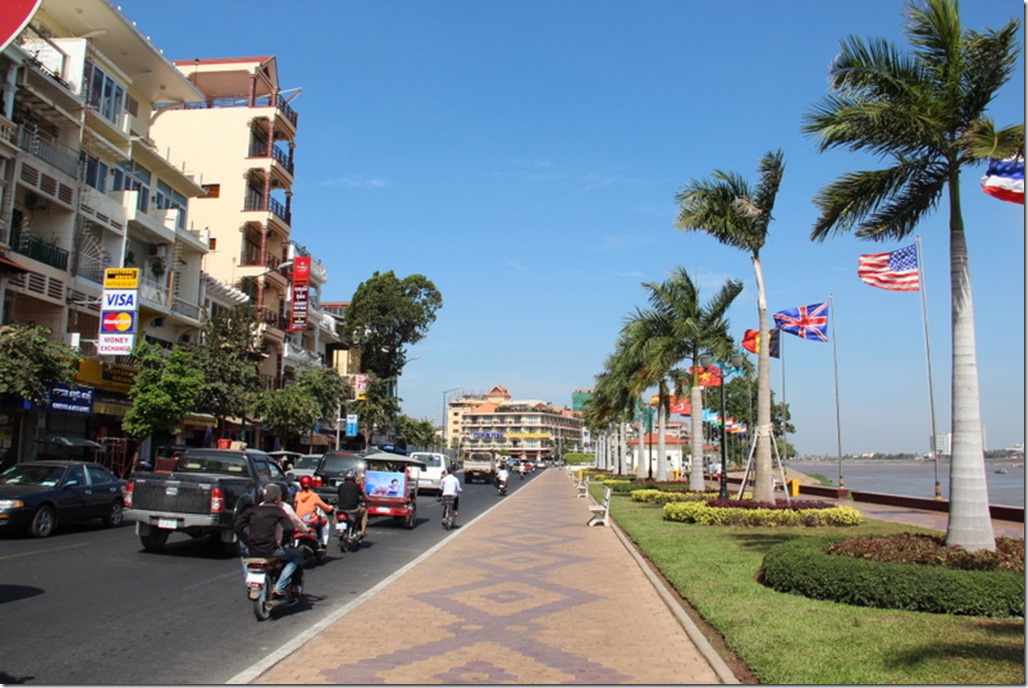
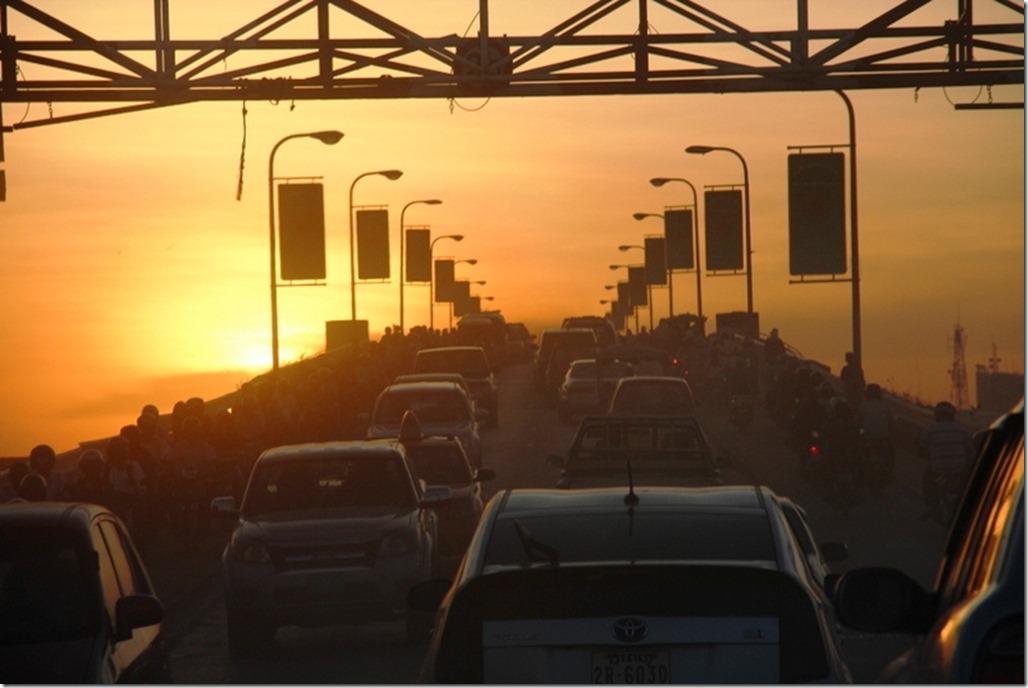
7. Royal Palace and Silver Pagoda: Cambodia’s Royal Palace and famed Silver Pagoda – named for the silver tiles on the temple floor covered by carpet – are among the most beautiful sites in Phnom Penh. Much of the palace of the Cambodian king is closed to the public, but it still offers a taste of Cambodia’s rich culture and heritage.
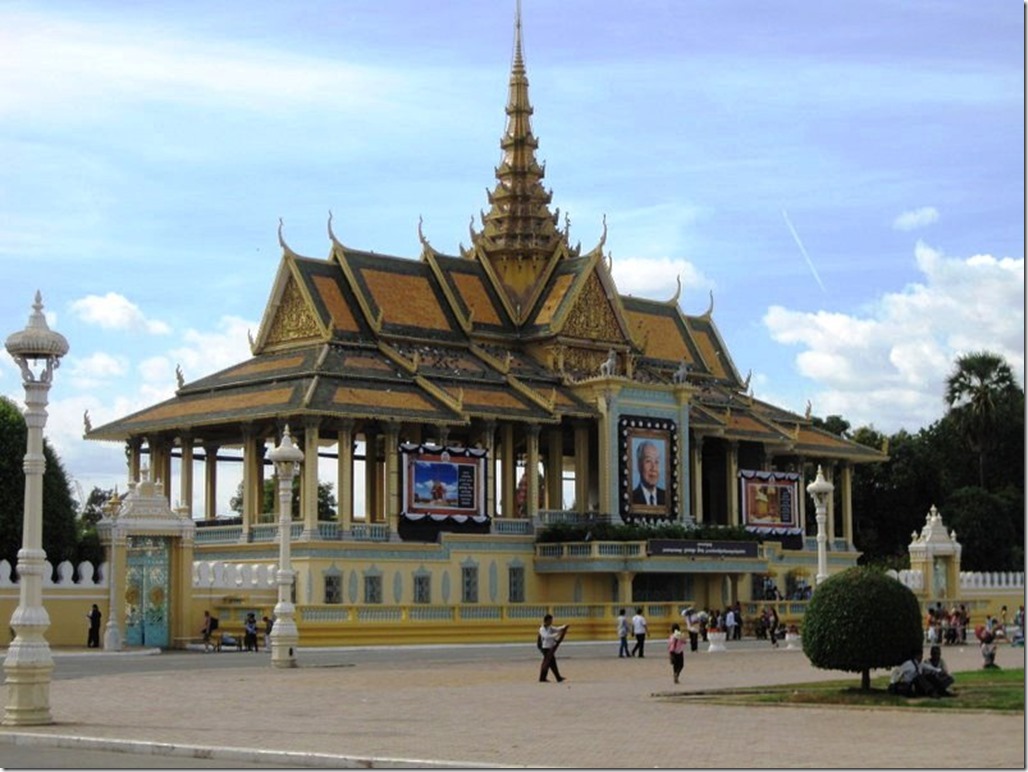
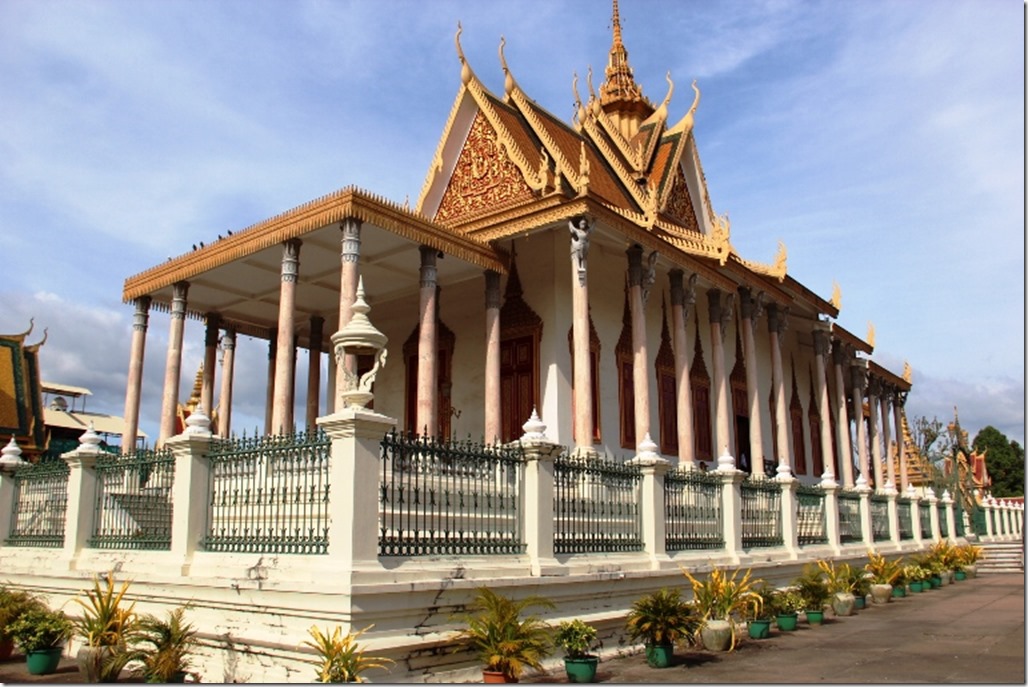
8. Tuol Sleng (S-21) Prison: This former high school in a quiet Phnom Penh neighborhood was once the site of unspeakable horrors. An estimated 20,000 victims of the Khmer Rouge were interred, interrogated, tortured, and killed at Security Prison 21 (S-21) or transferred to the Killing Fields to be executed. Only 12 known survivors escaped death here. Today the Tuol Sleng Genocide Museum serves as a poignant reminder of the atrocities of the Khmer Rouge. It is a sobering look at the darker side of Cambodian history and the tragedy of genocide.
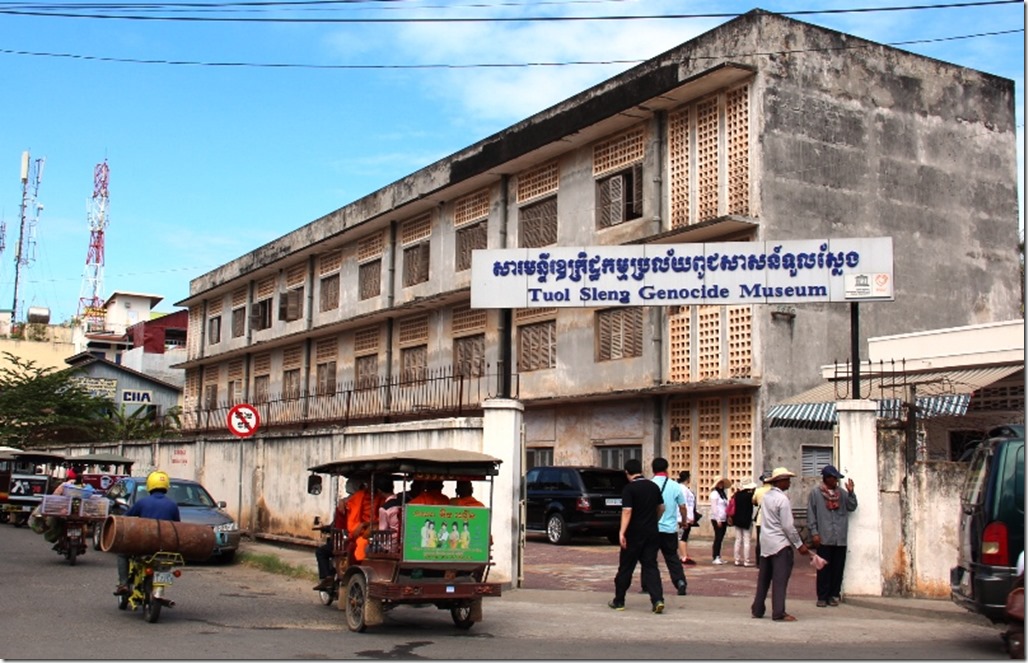
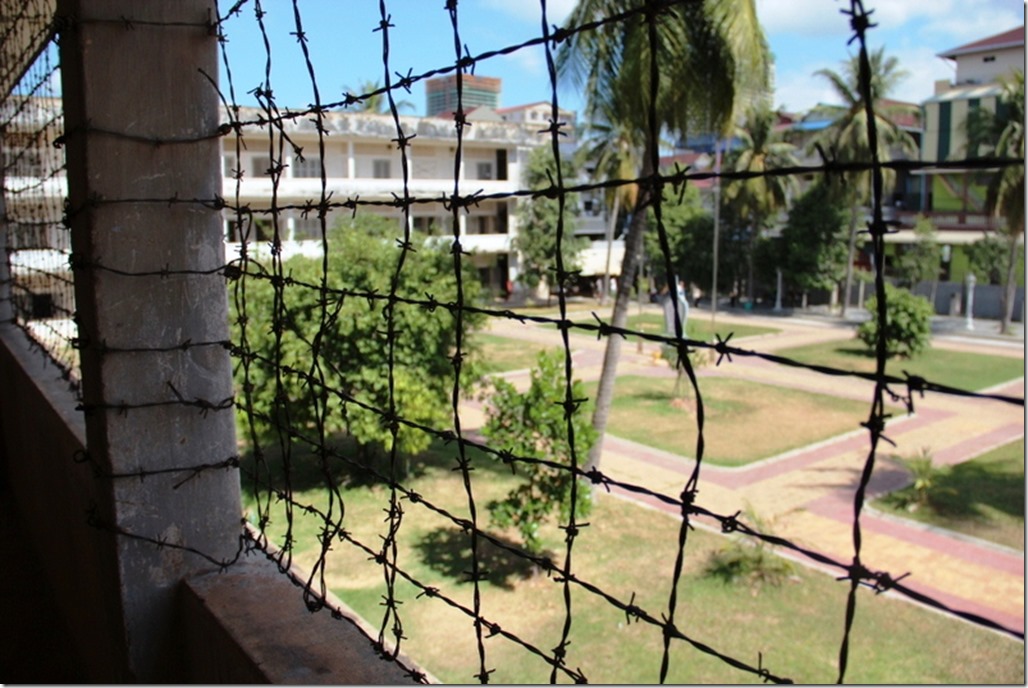
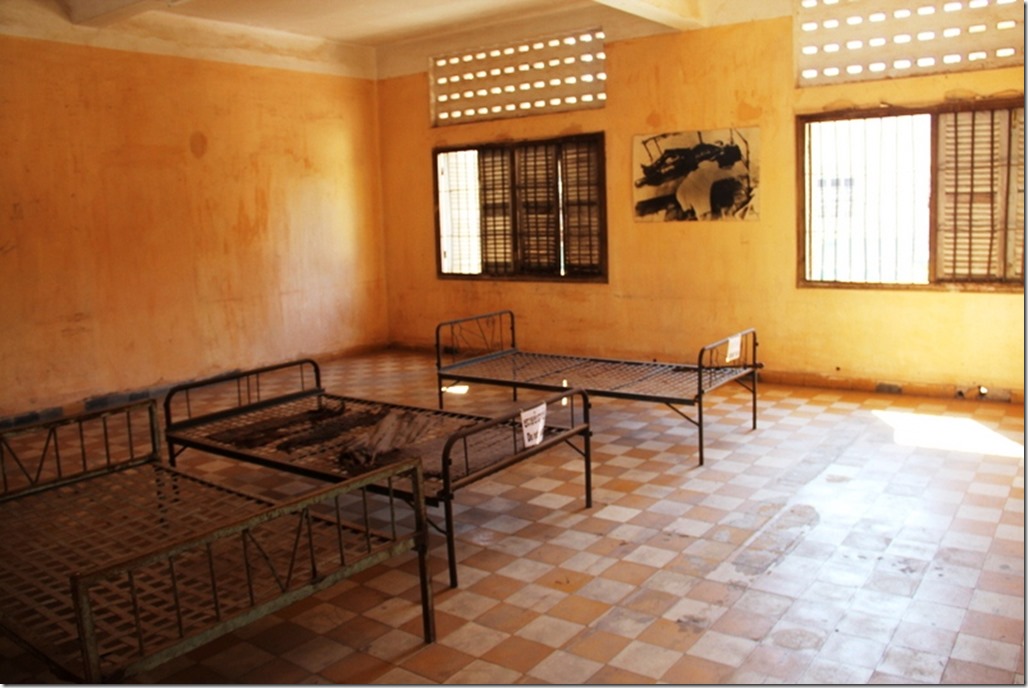
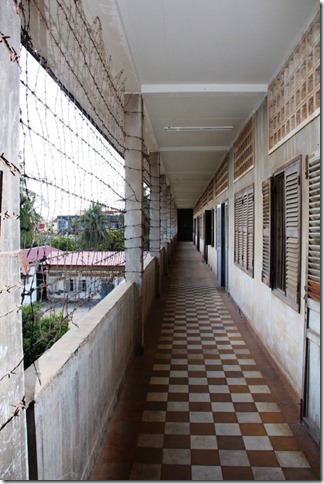
9. Cheong Ek Memorial / Killing Fields: Cheong Ek, better known as the Killing Fields, is a former Chinese graveyard and orchard used by the Khmer Rouge to torture and execute thousands of victims in a horrific act of genocide. Mass graves with the remains of 8,895 out of an estimated one million victims of the Khmer Rouge were discovered at the site. Today it is a memorial with a stupa (tower) filled with the skulls of more than 5,000 victims and a walking tour of the grounds that will leave you in tears. The graphic photos and depictions of torture and execution at Tuol Sleng and Cheong Ek are not for young children or those faint of heart but a necessary reminder of the country’s past. It’s important to focus on all that is good about Cambodia during your visit, but these sites should not be overlooked.
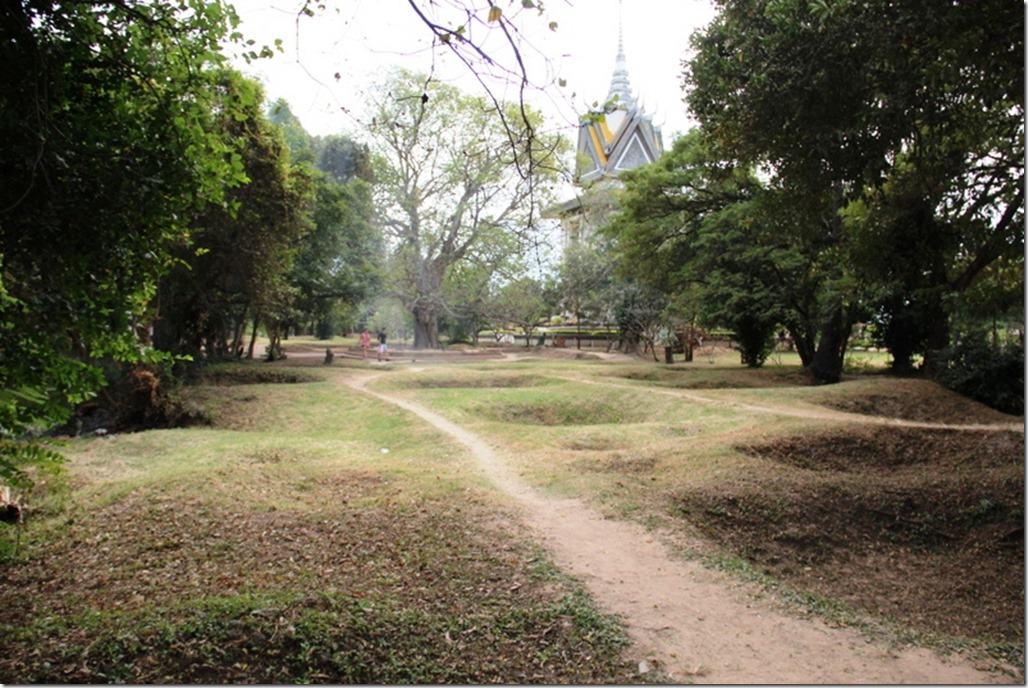
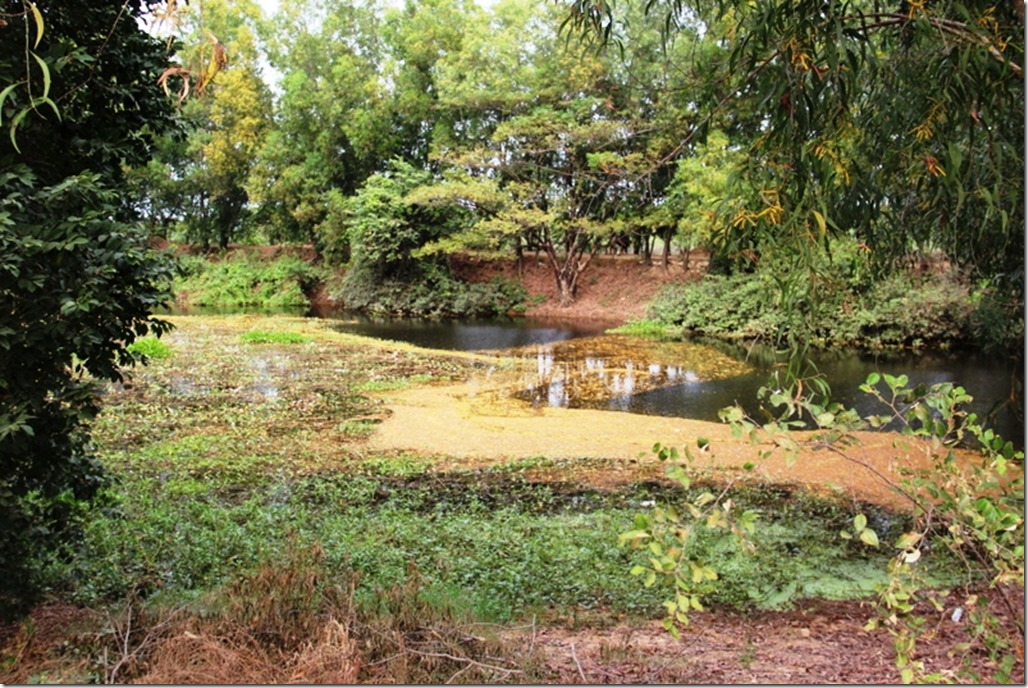
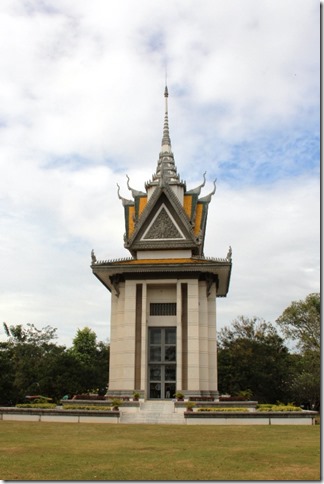
10. Cambodian Coast / Sihanoukville: The Cambodian Coast is a generally unspoiled region waiting to be enjoyed by those who like great beaches, national parks, tropical forests, mountains, and nature hikes. A stopover in Cambodia’s largest seaside city, Sihanoukville, is a great starting point for travel along the coast. See my recent series on the Cambodian Coast for more information about the Cambodian Coast.
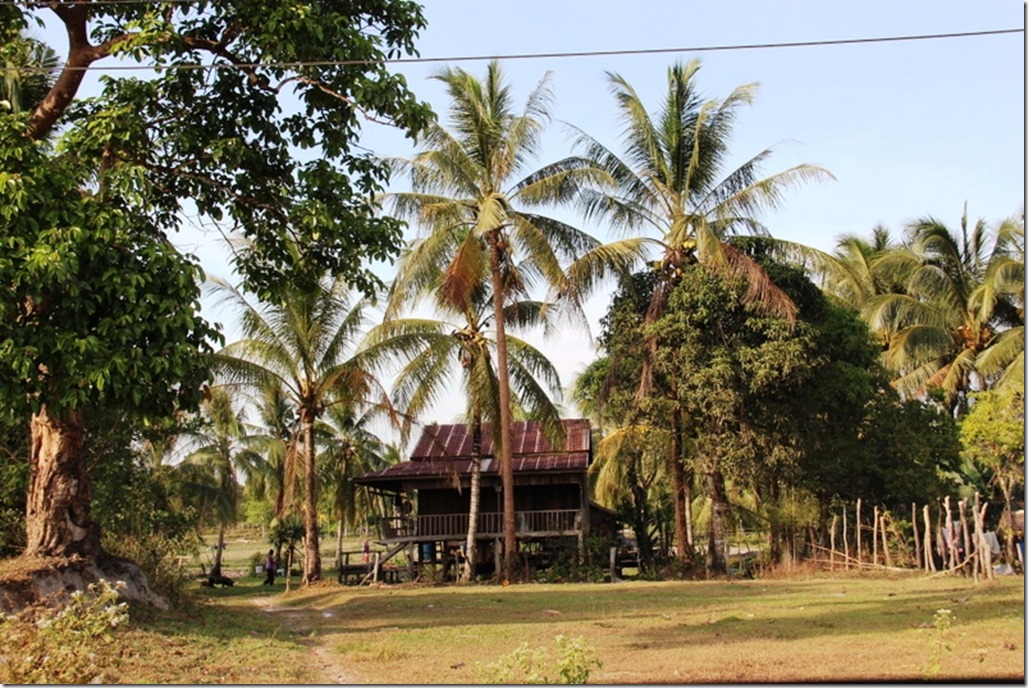
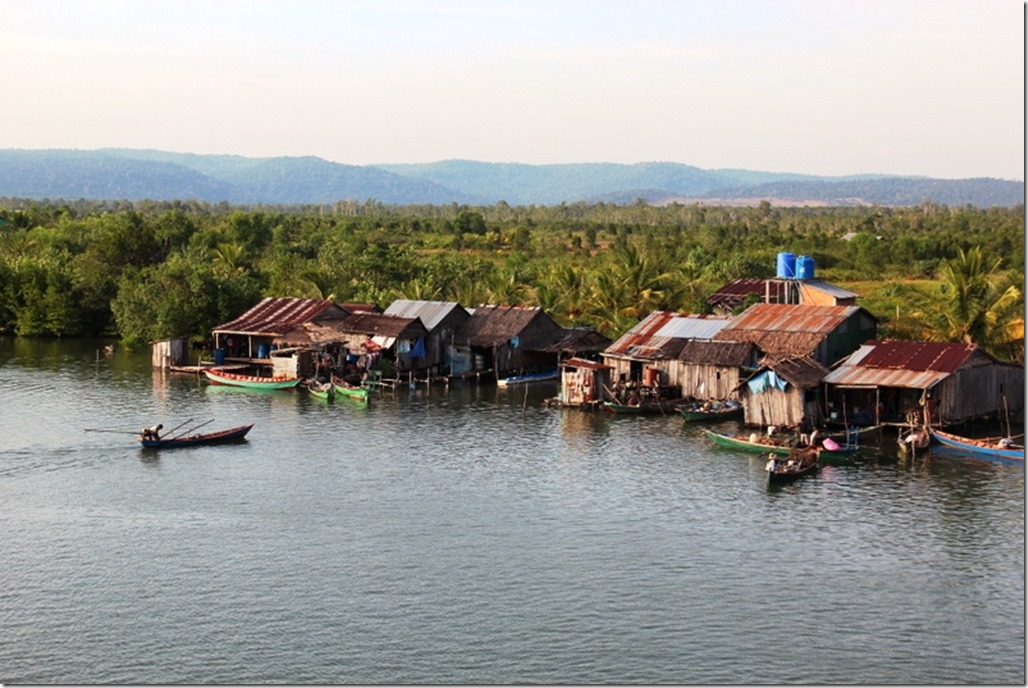
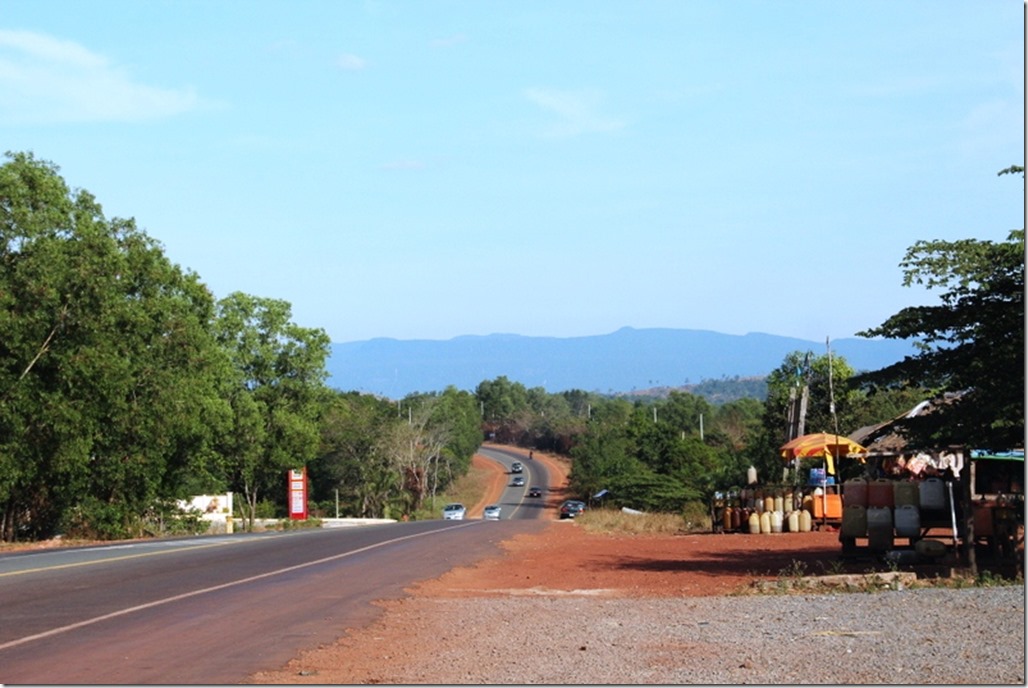
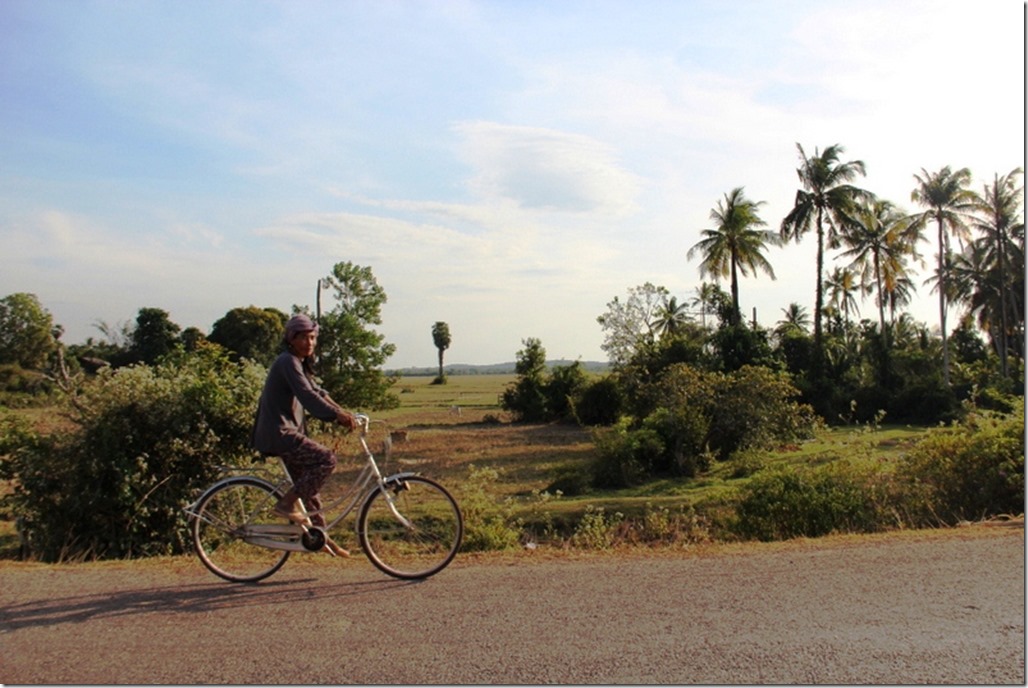
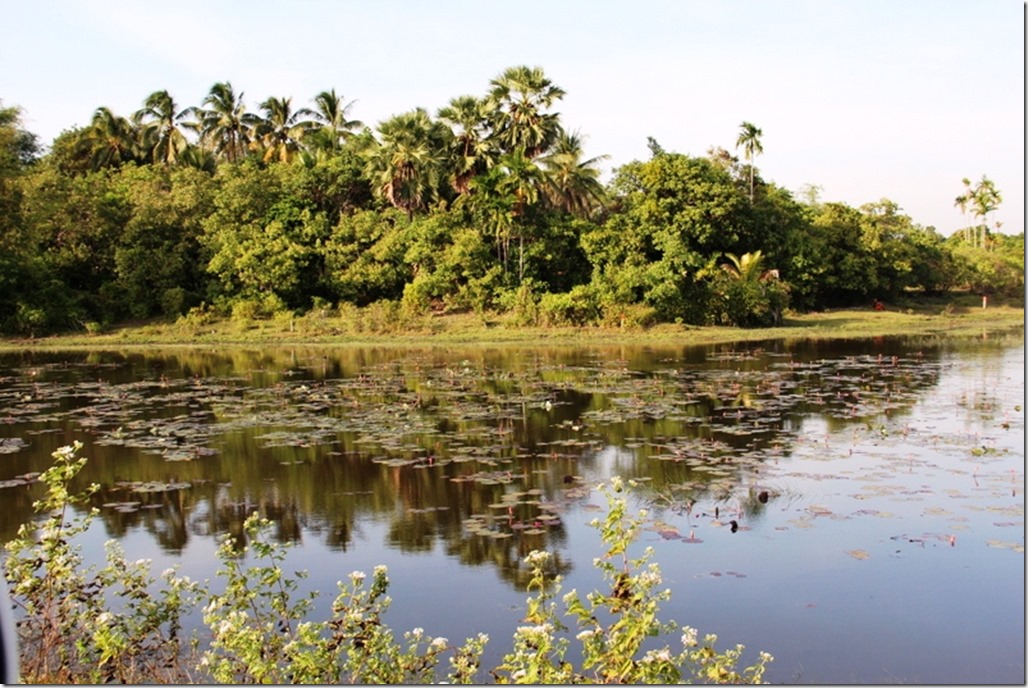
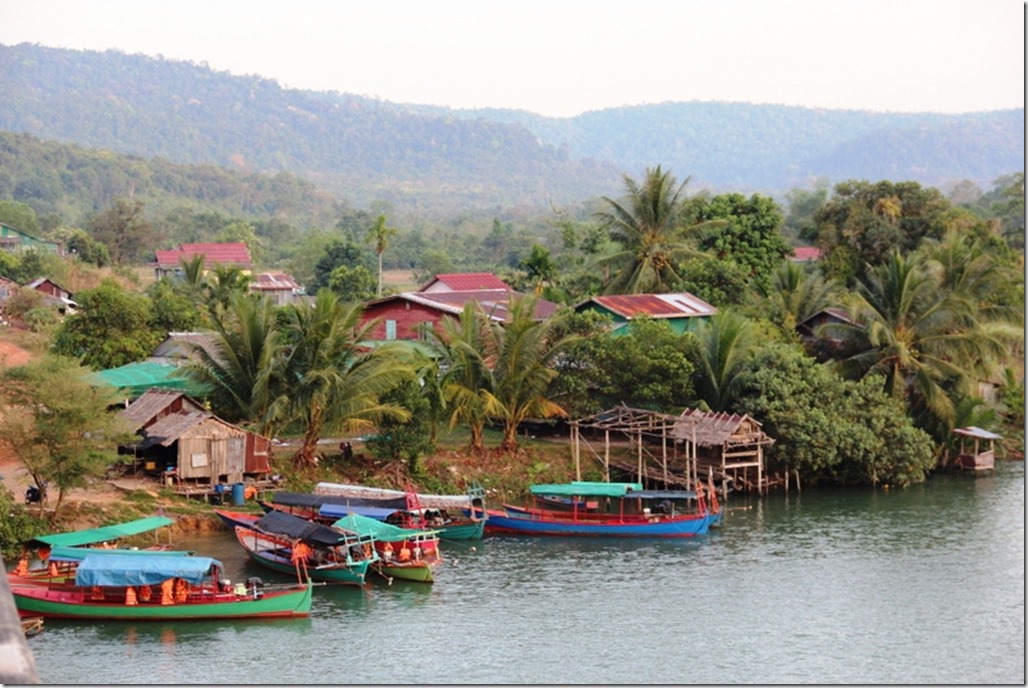
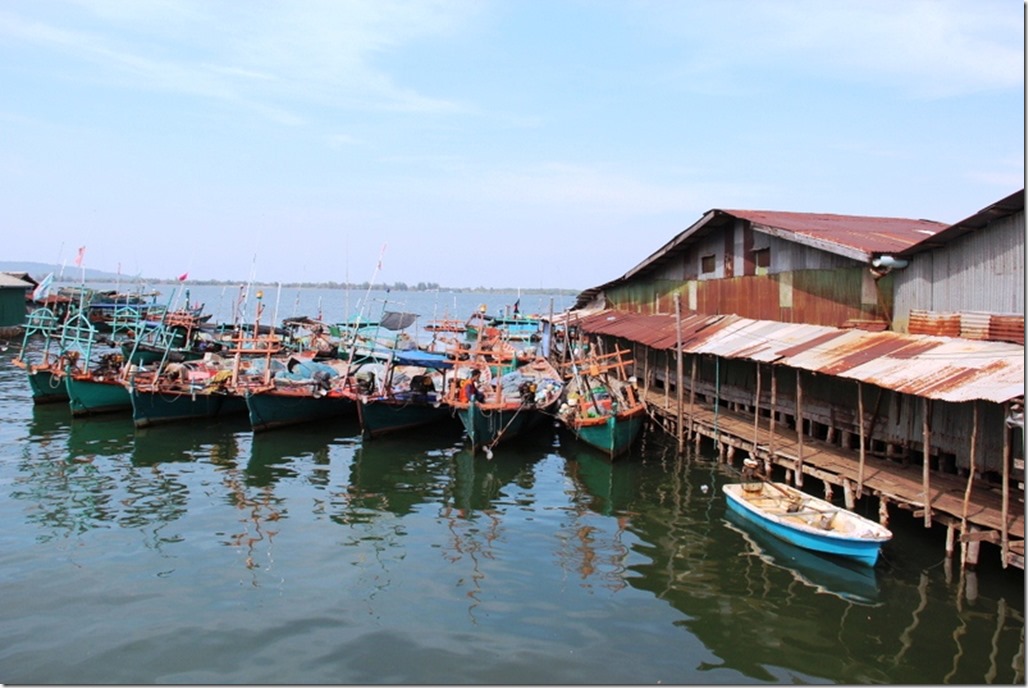
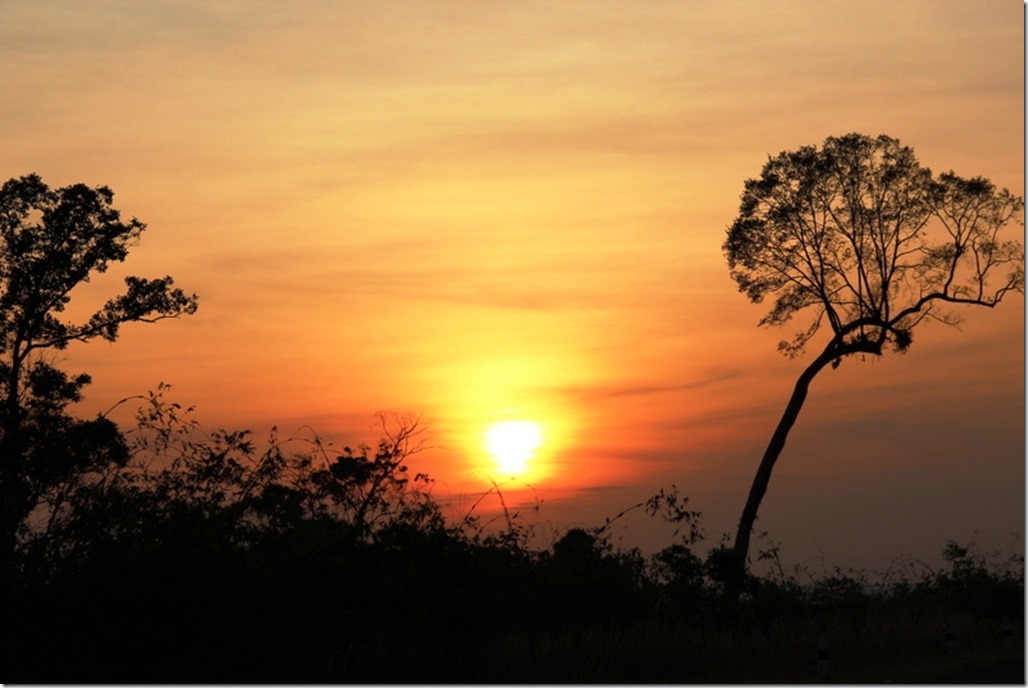
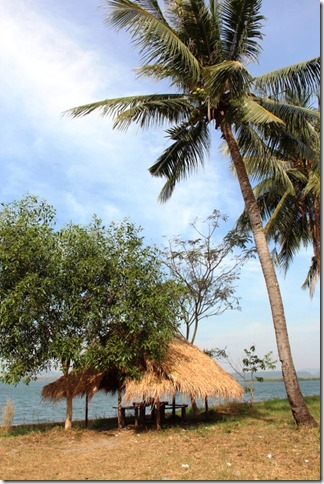
More About Cambodia
Heading to the Coast (National Highway 4)
Driving the Coast (National Highway 48)
The Cambodian Wilderness
Koh Kong

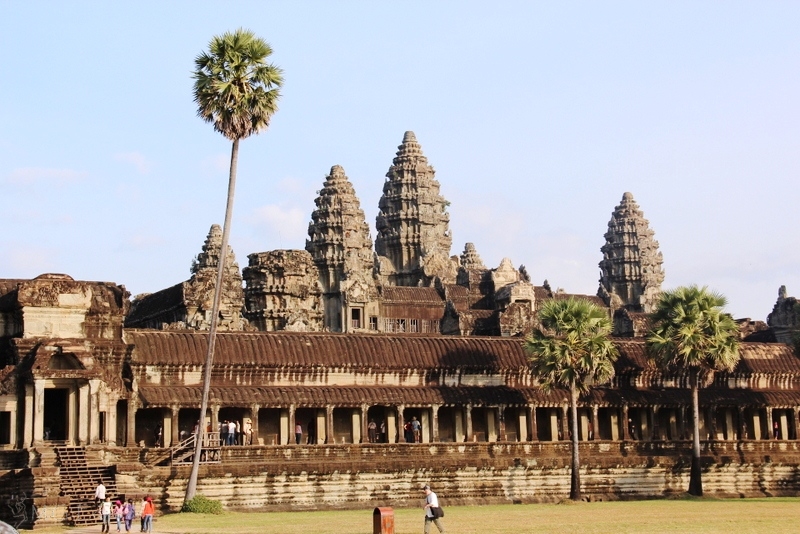
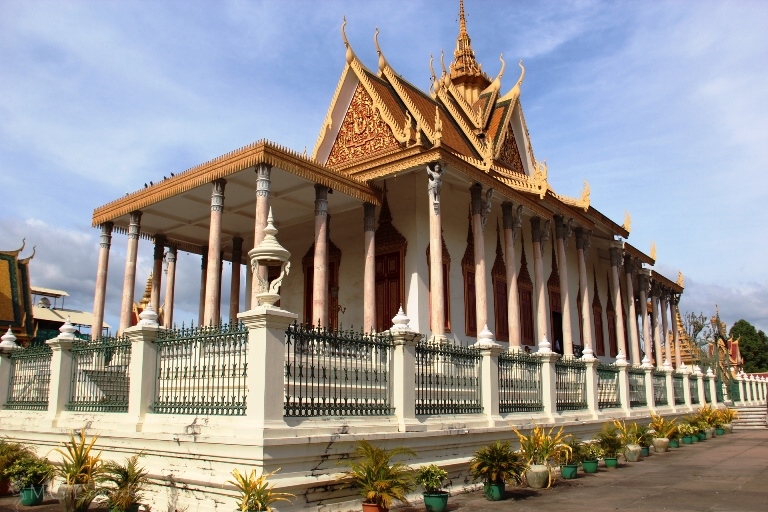
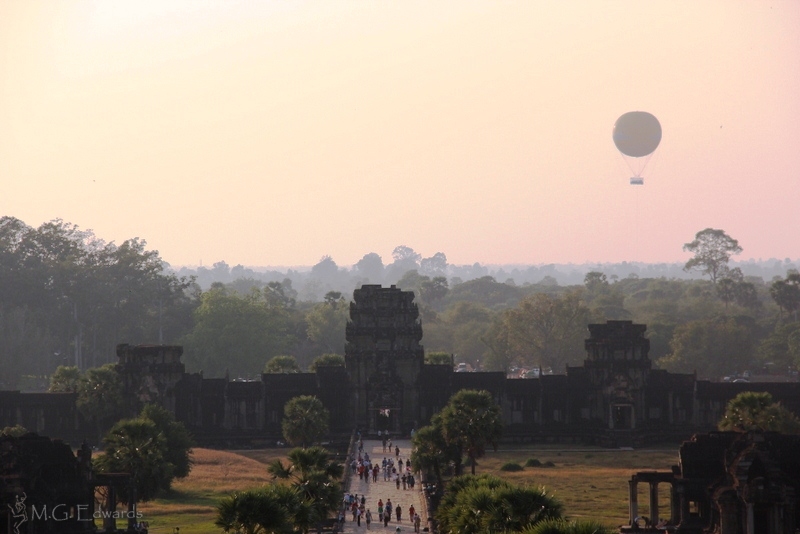
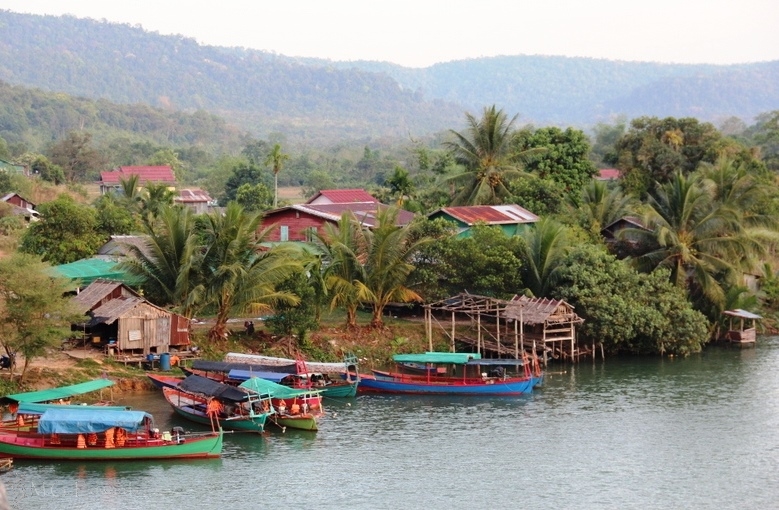
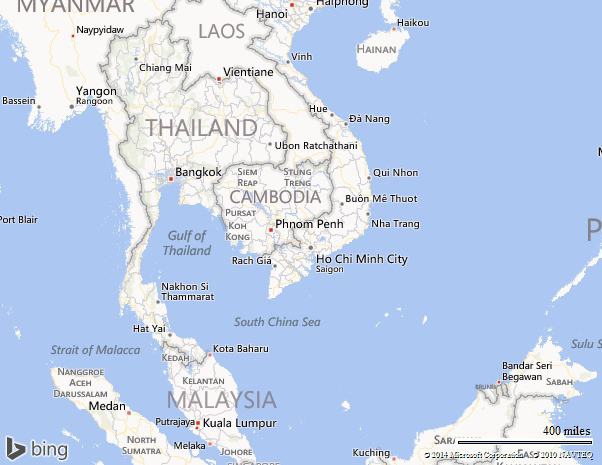























































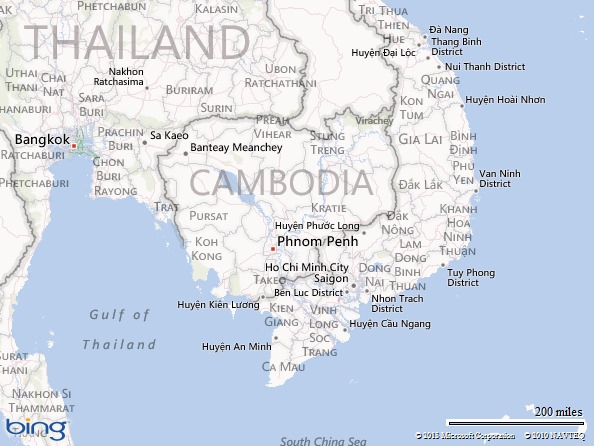
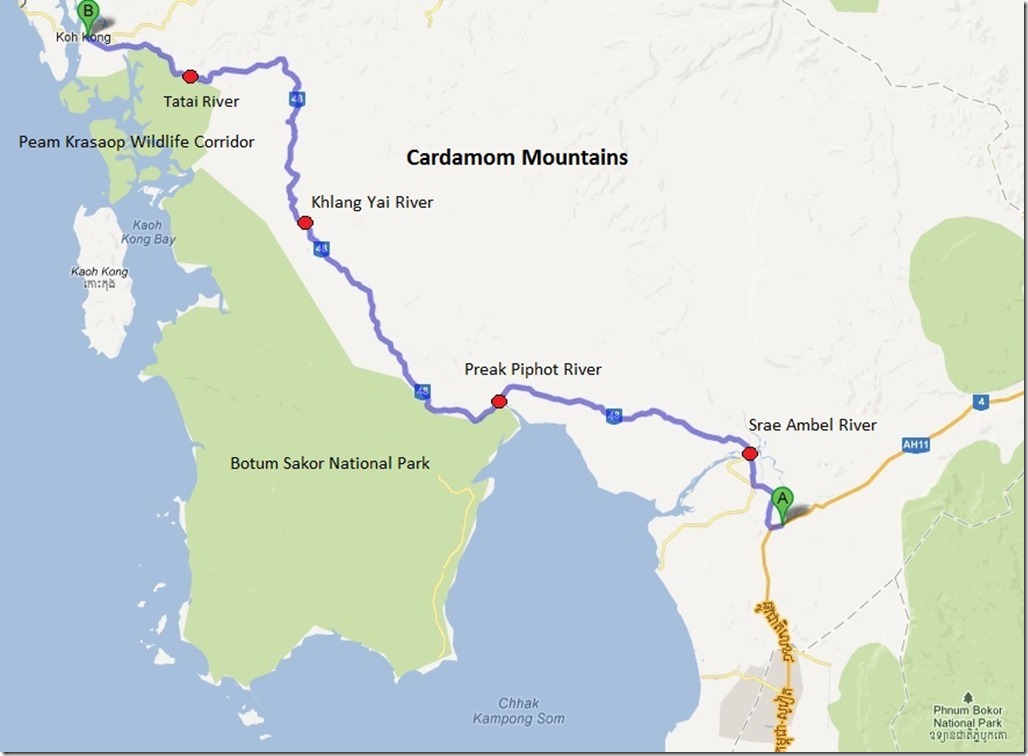

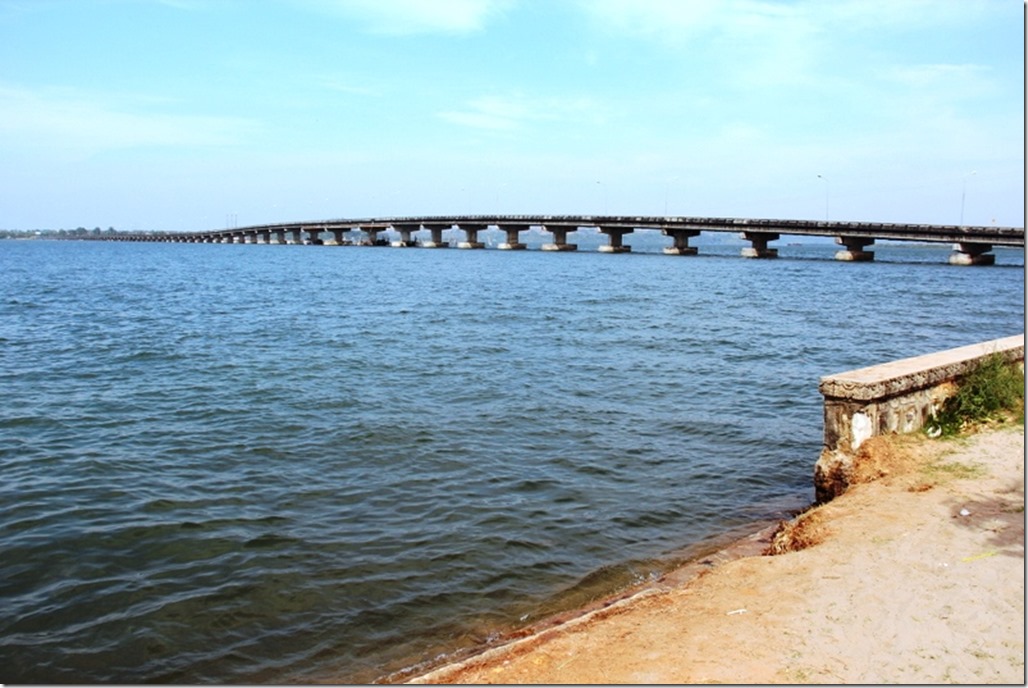
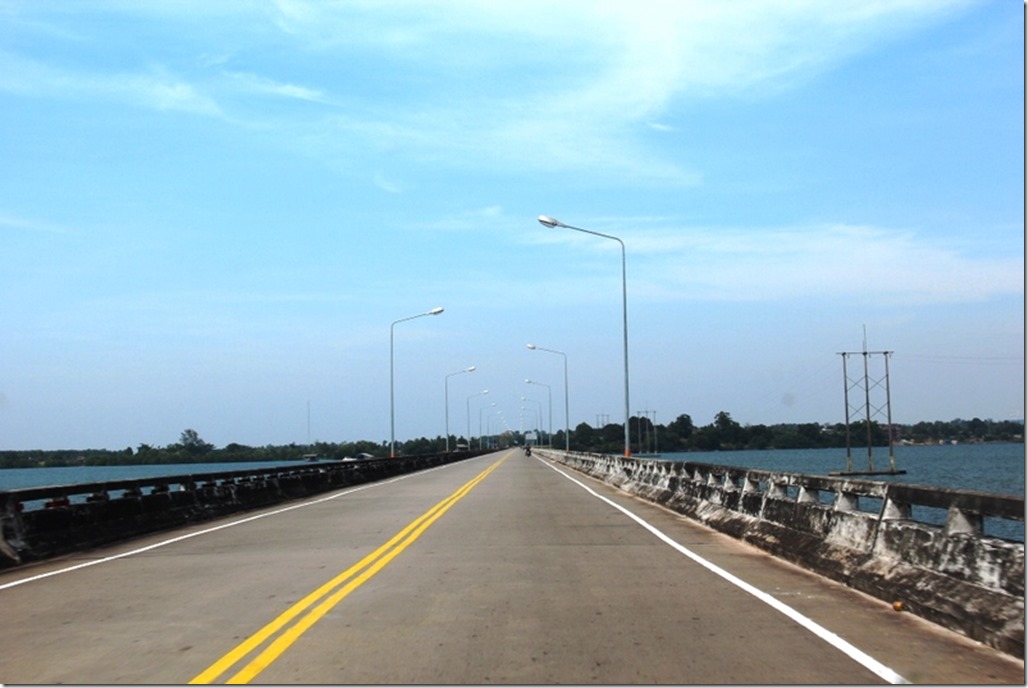
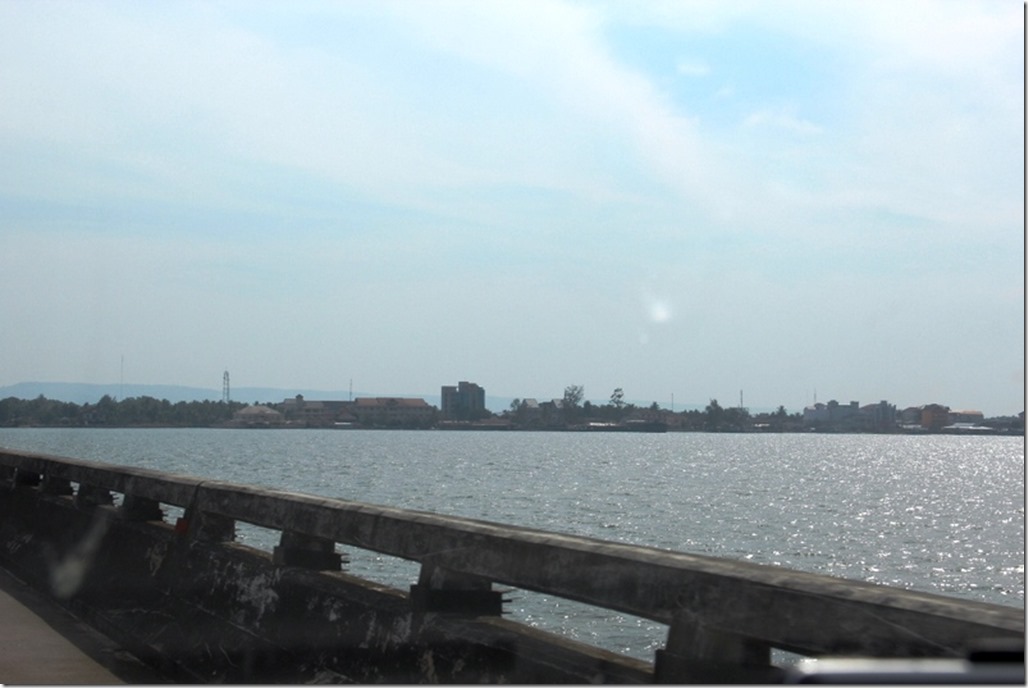
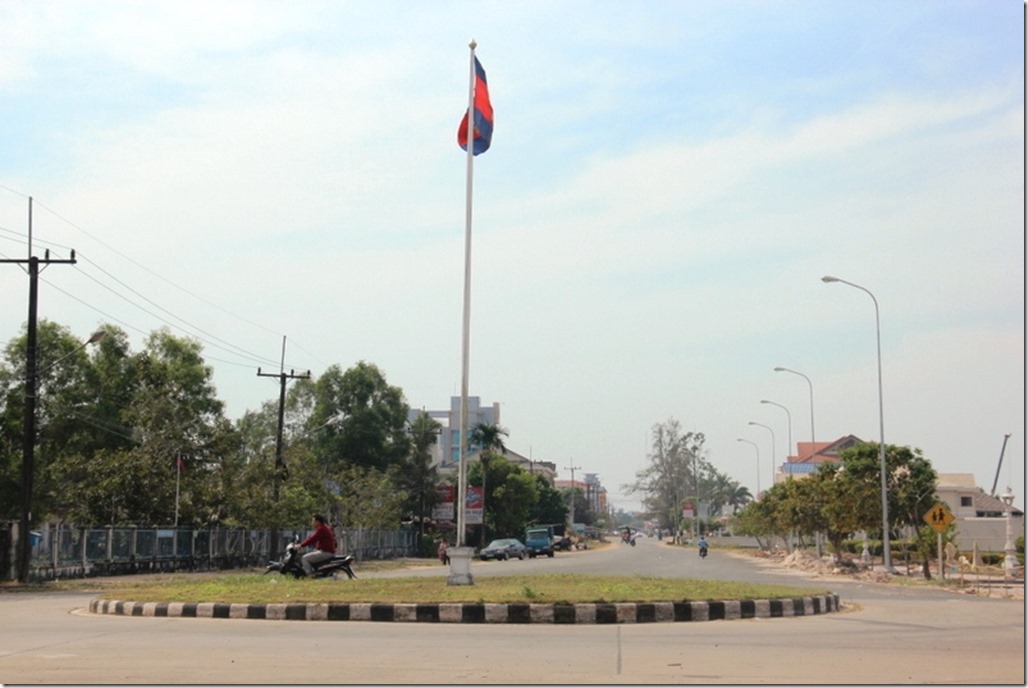
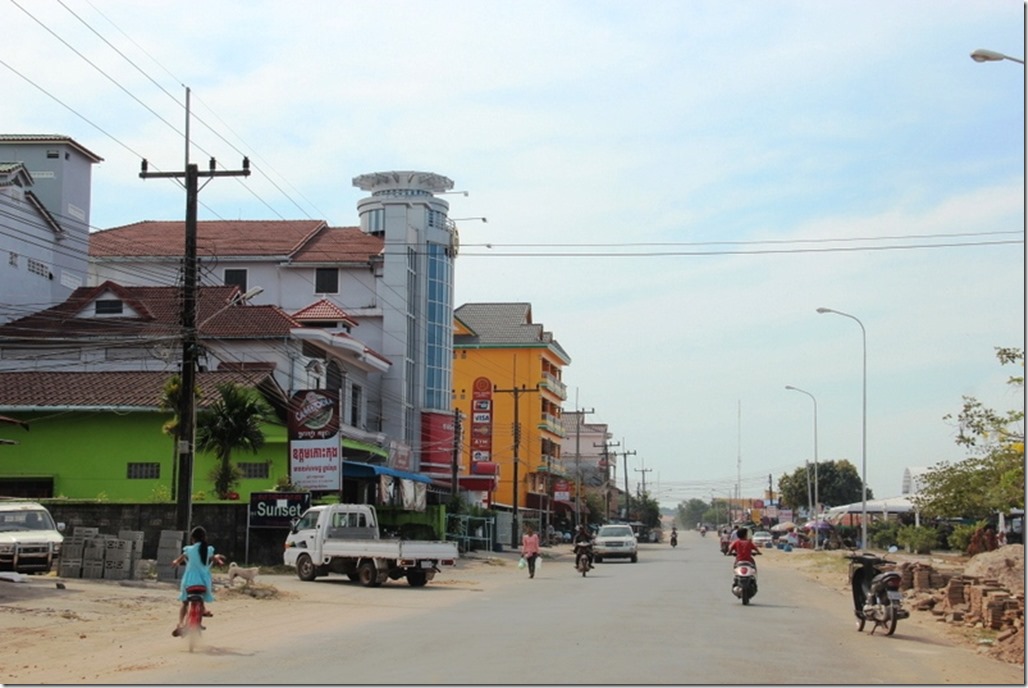
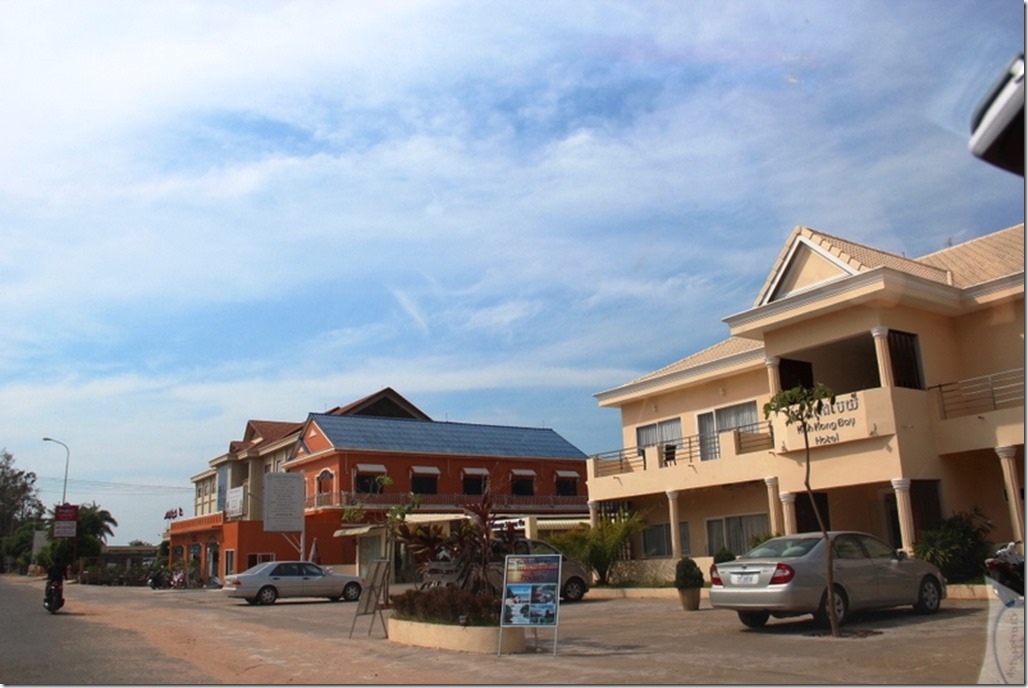
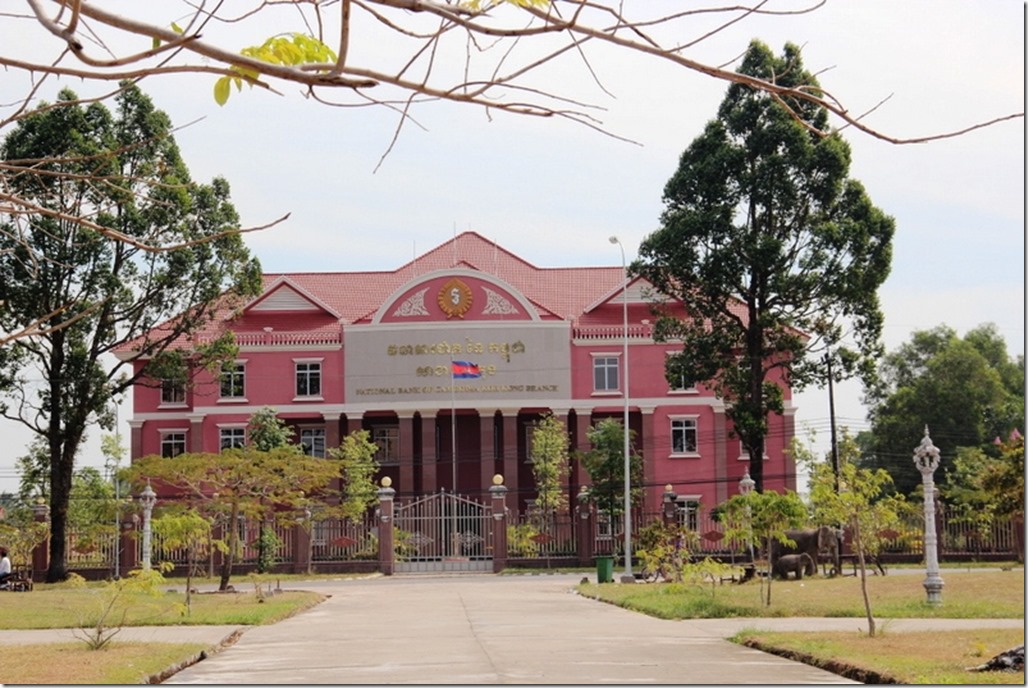
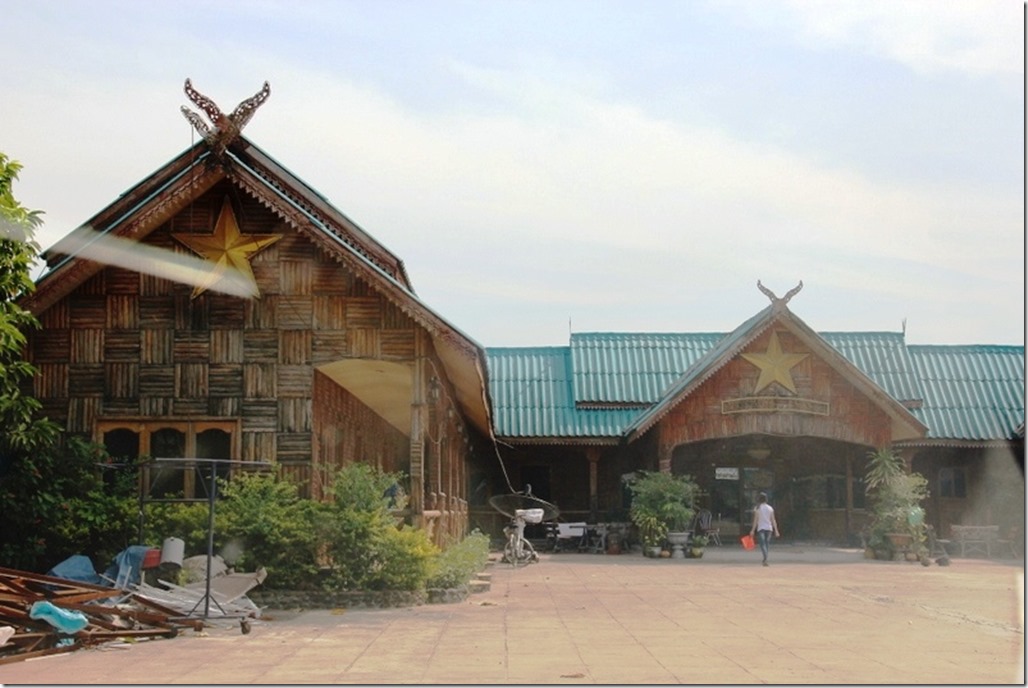
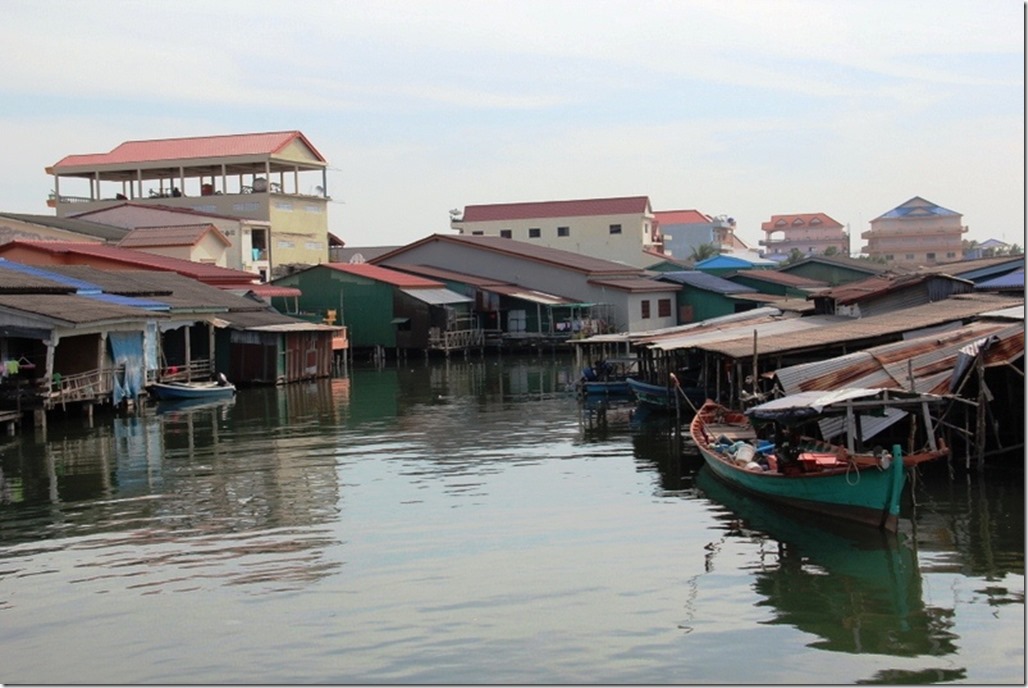

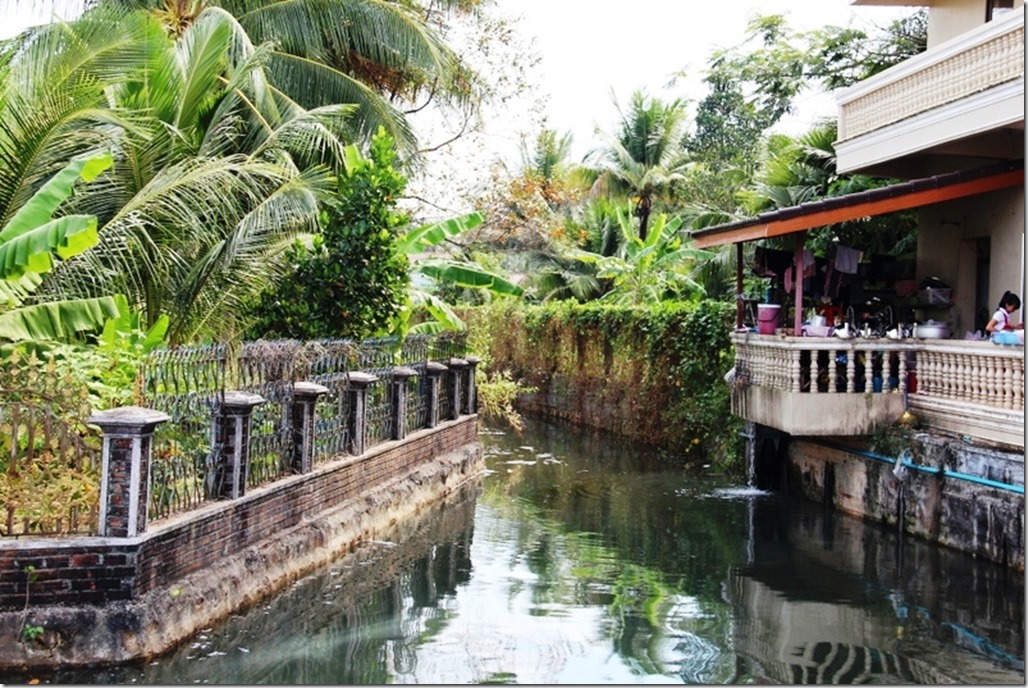
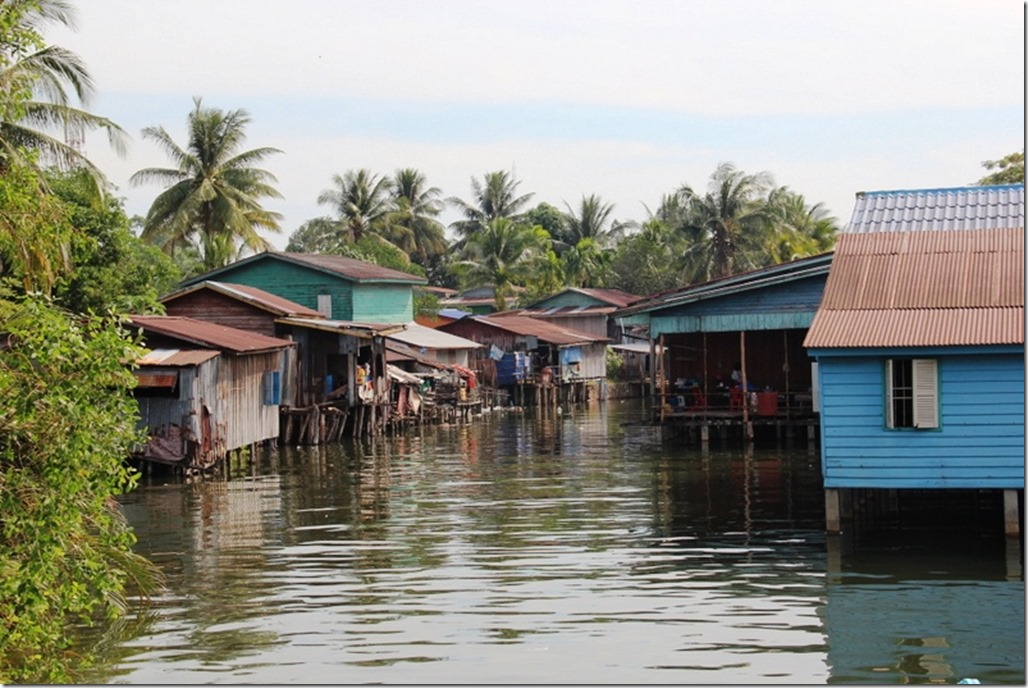
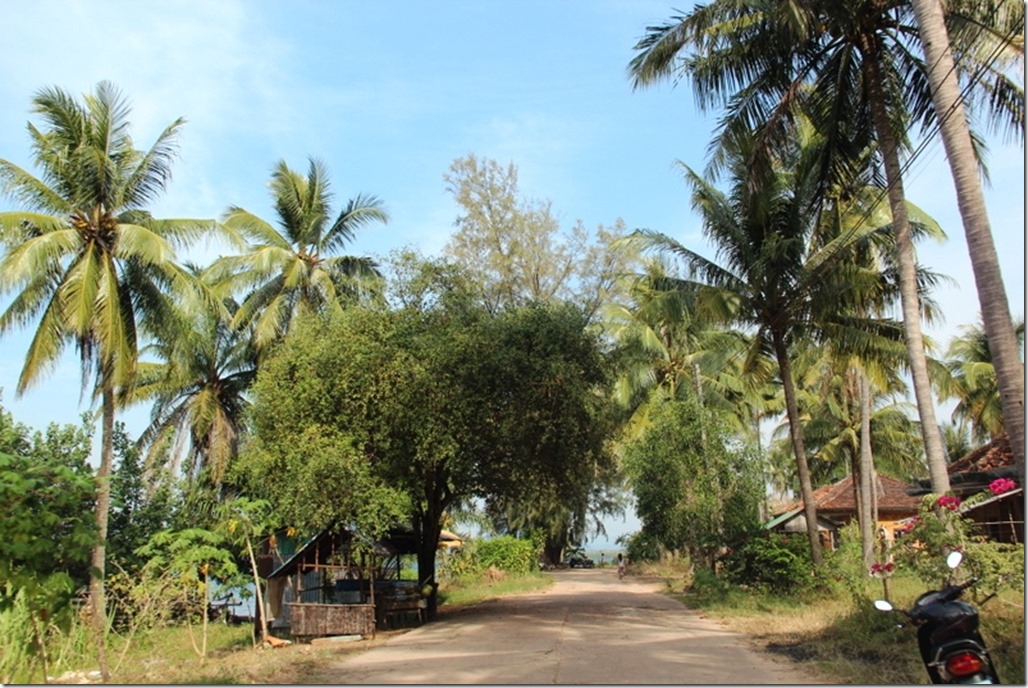
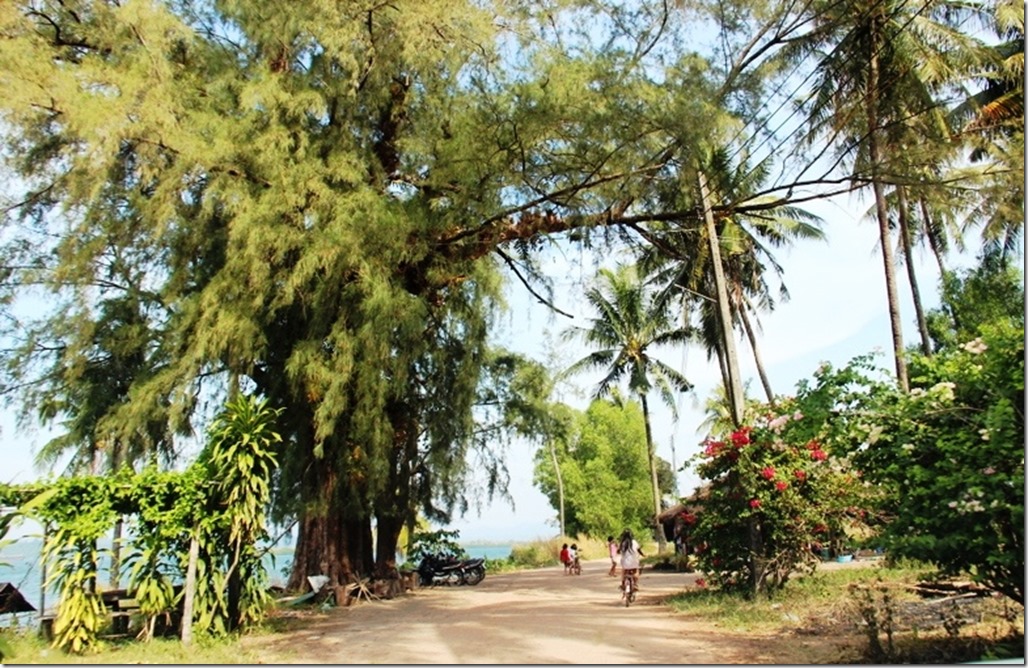
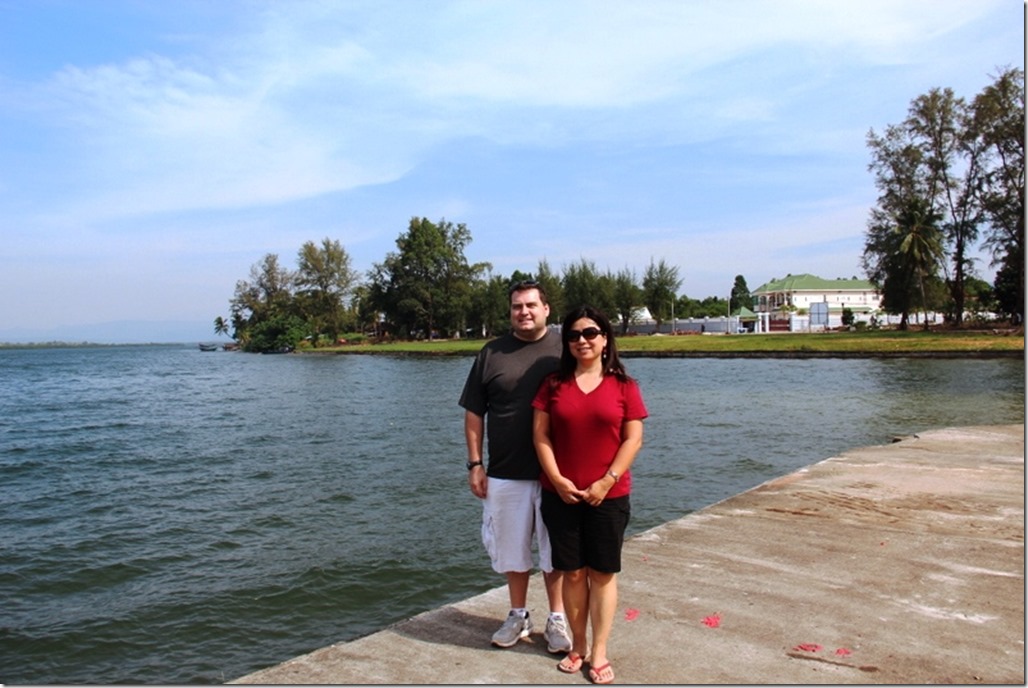
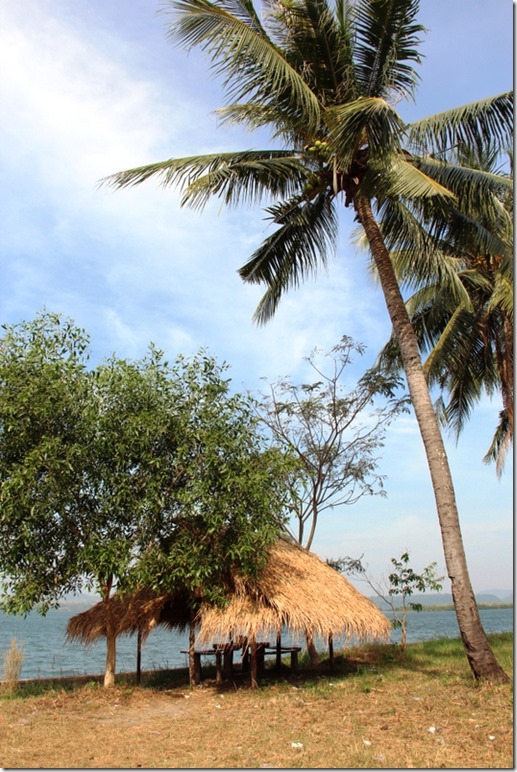
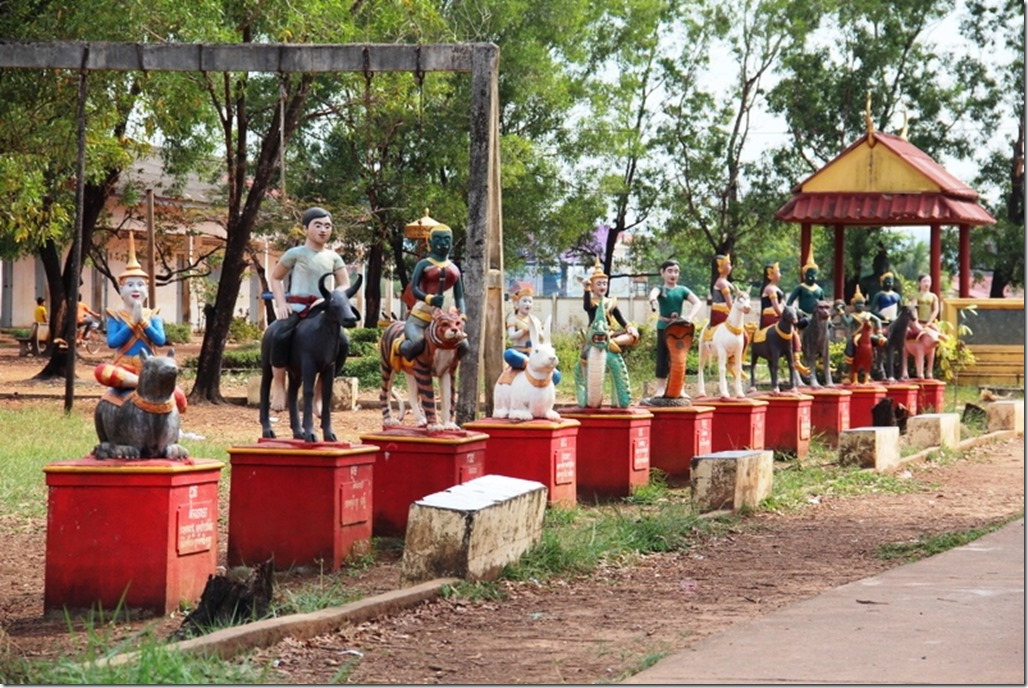
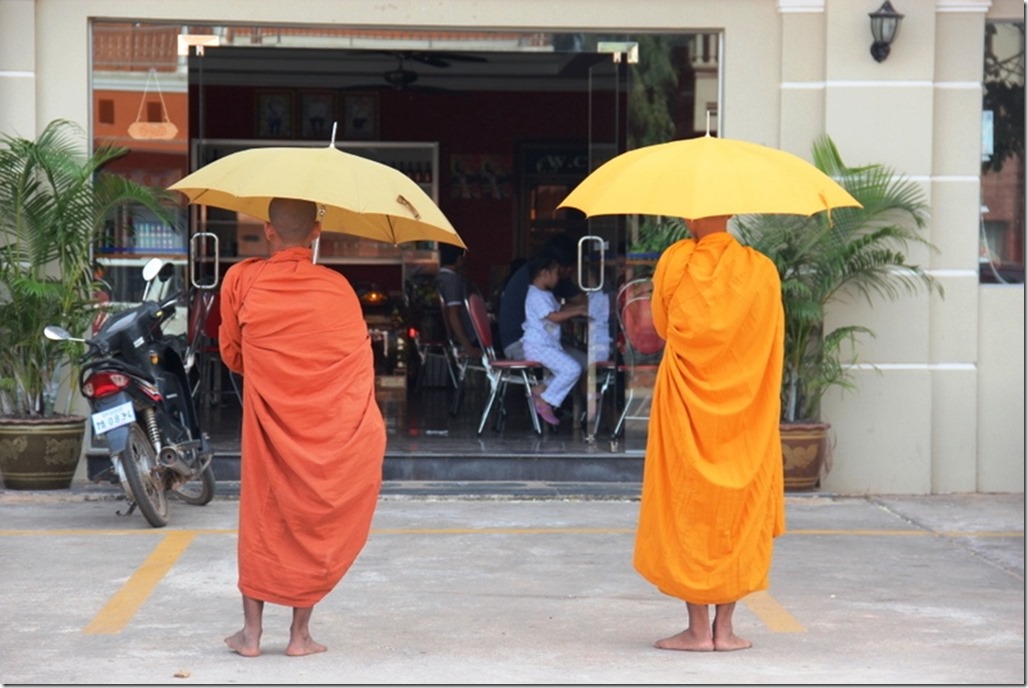
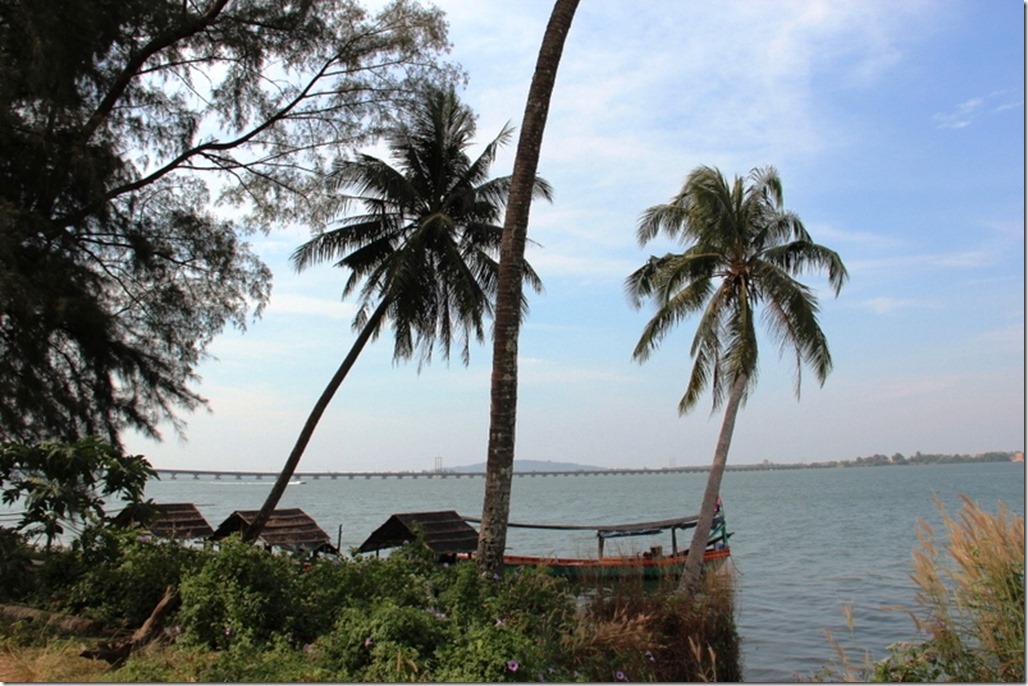
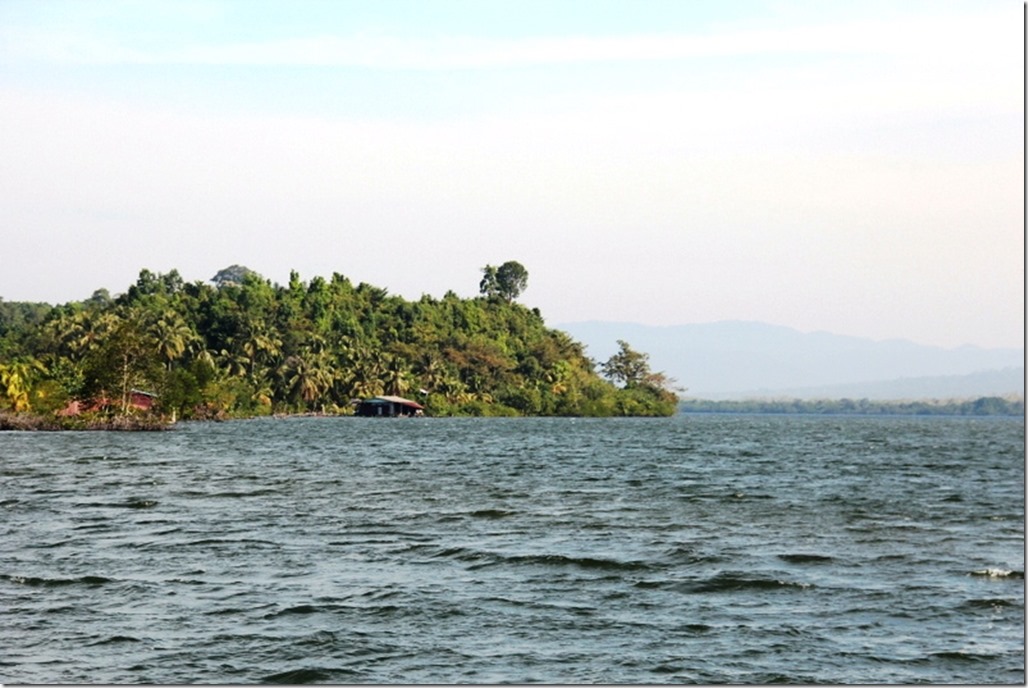
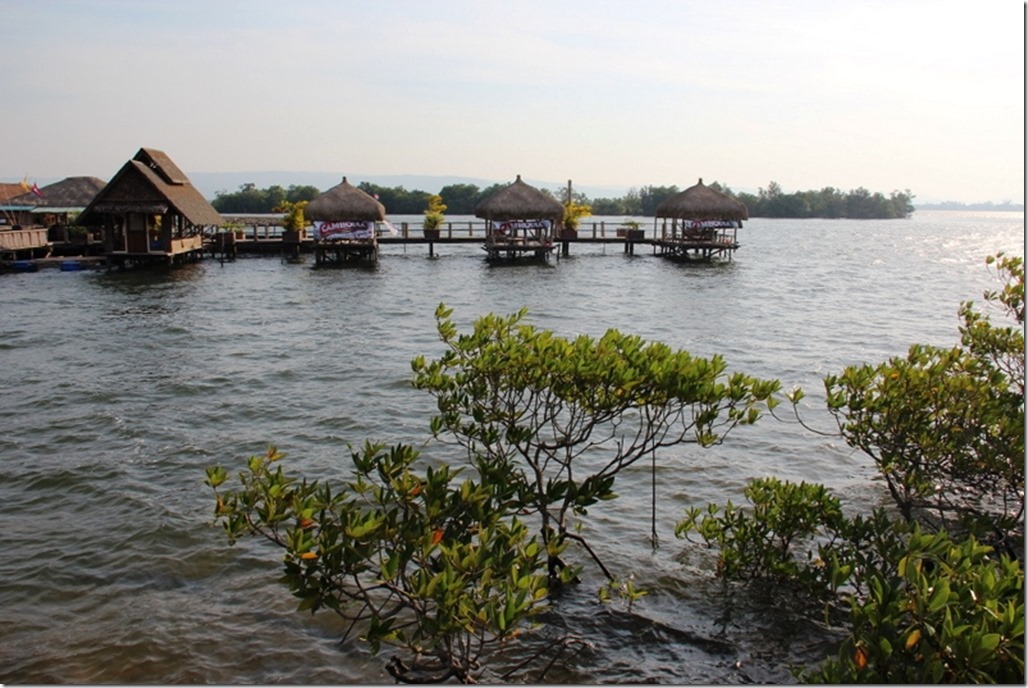
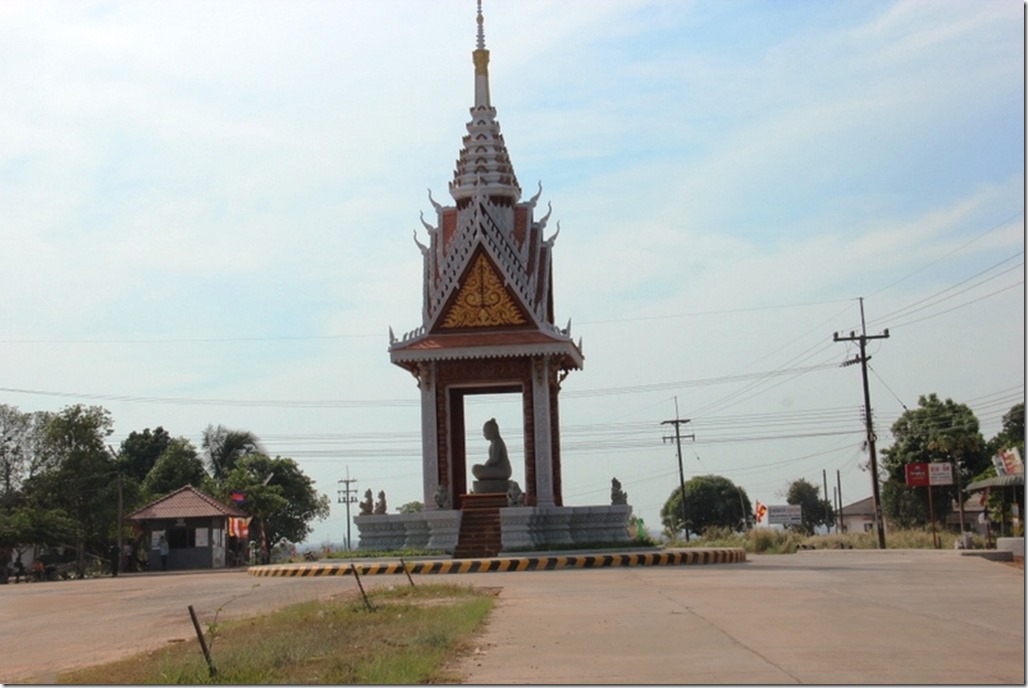
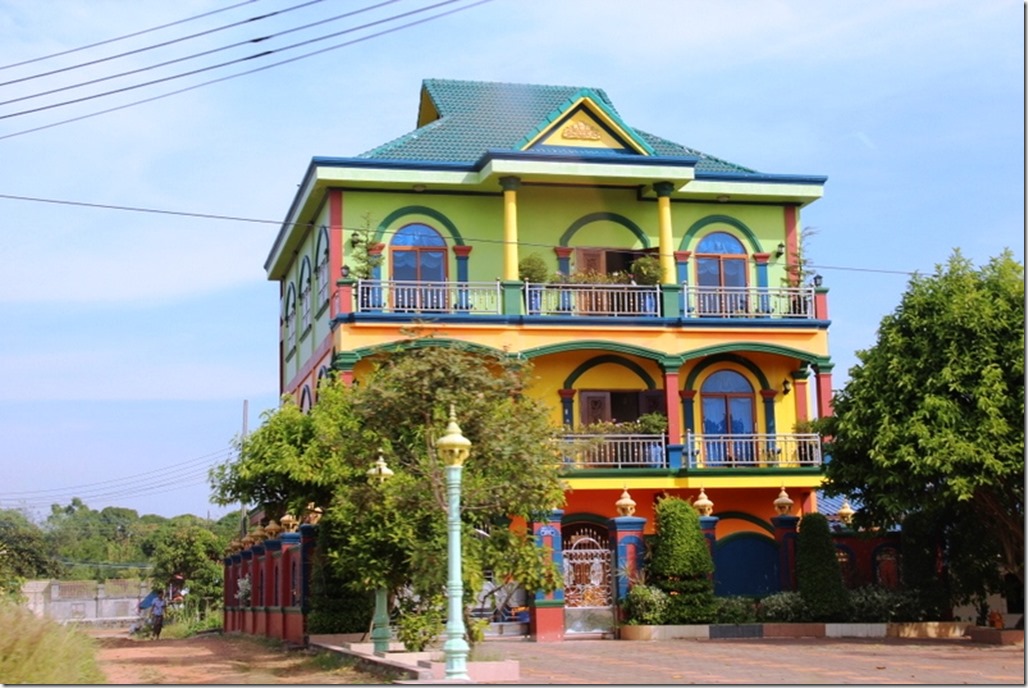
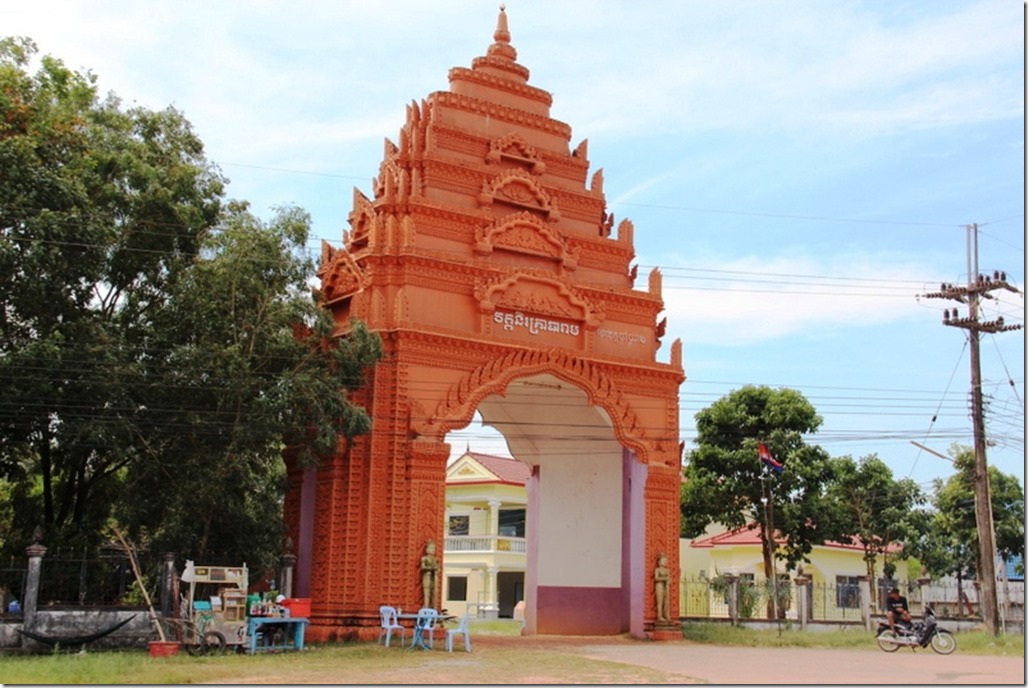
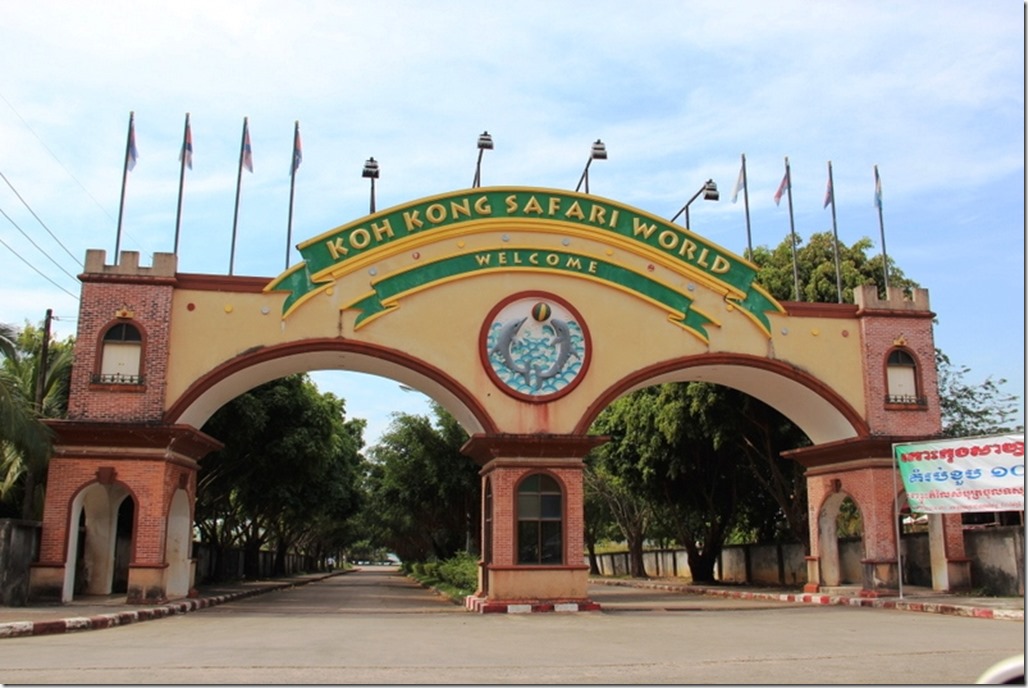
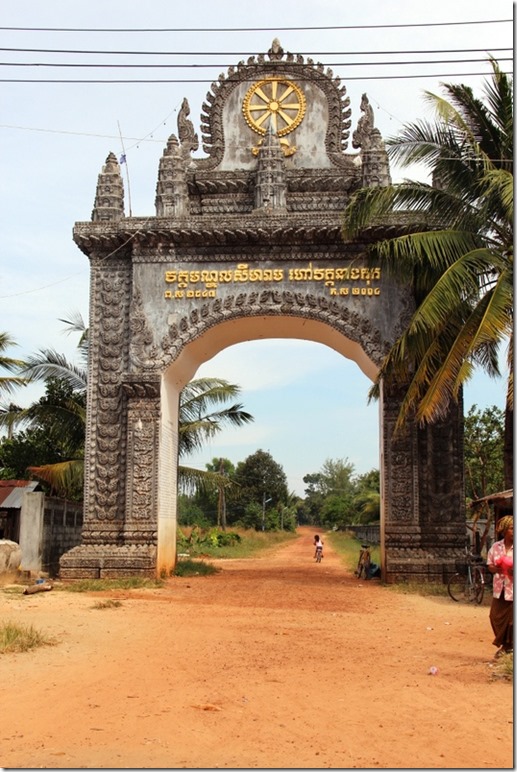
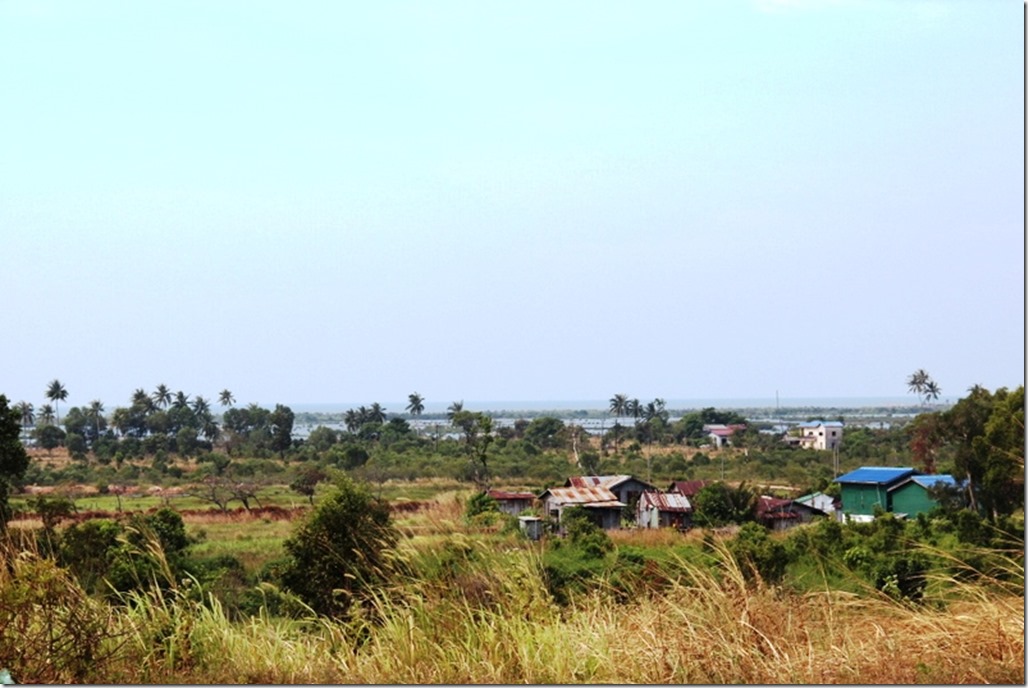
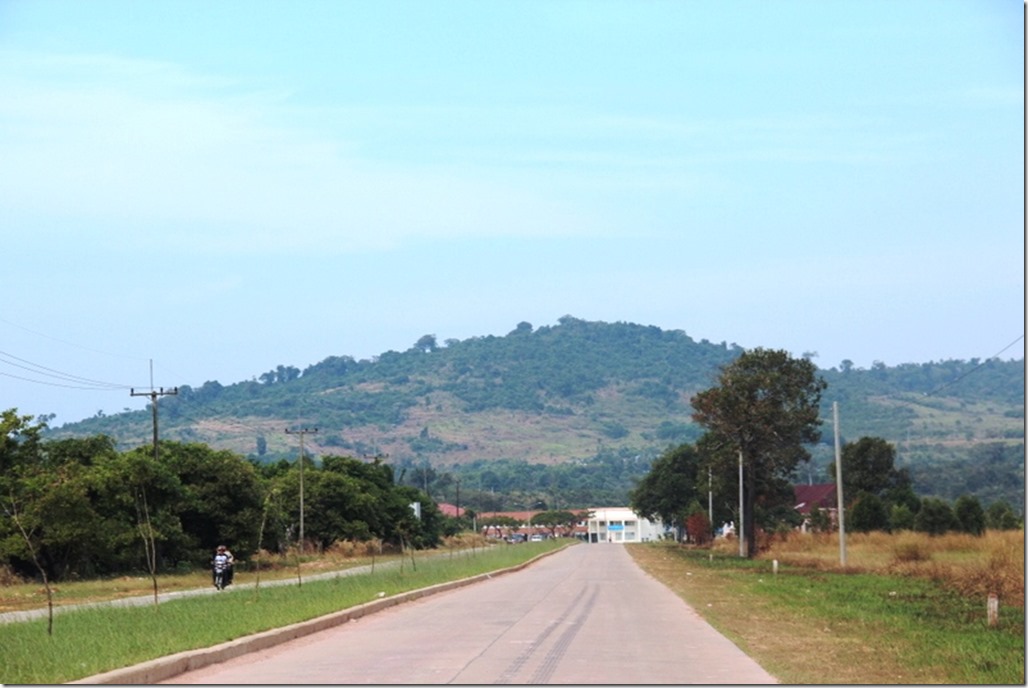
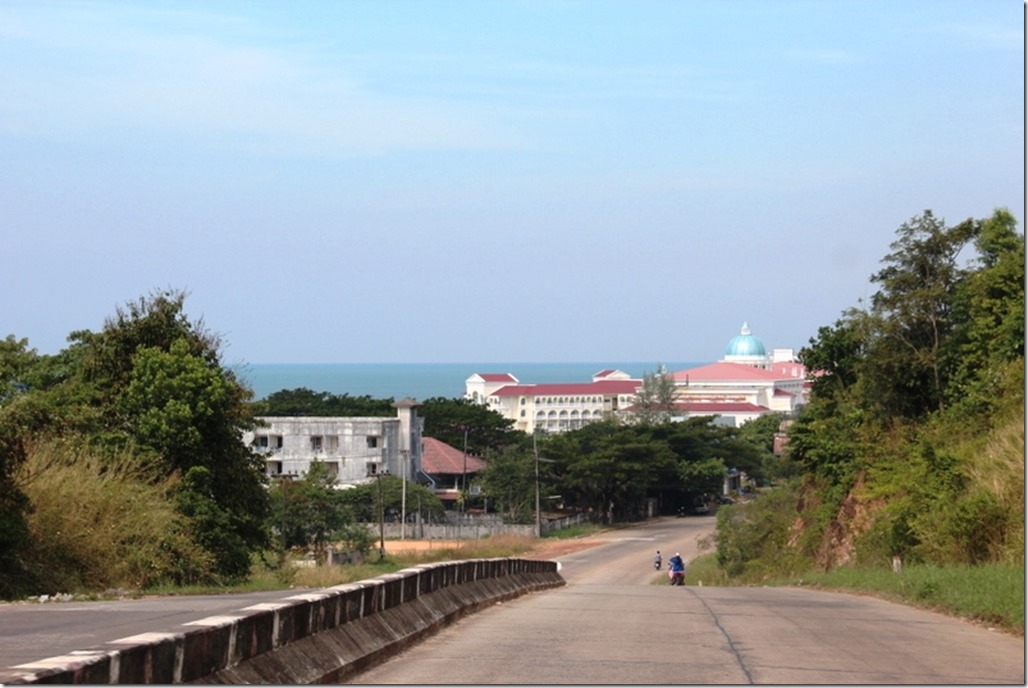
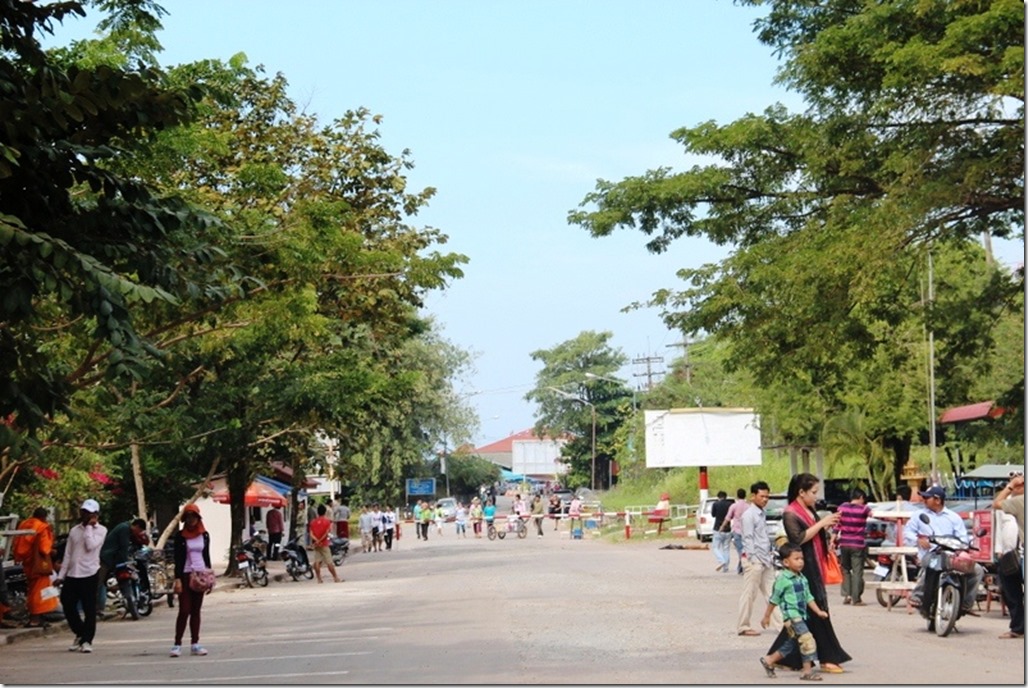
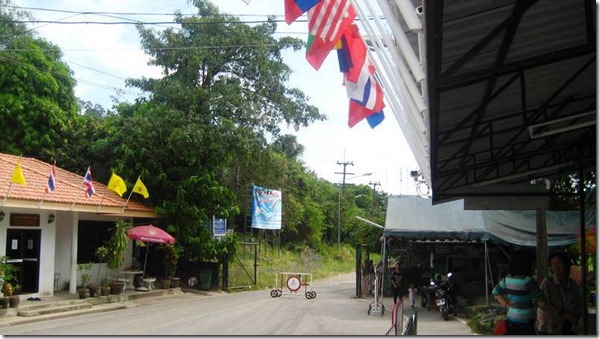
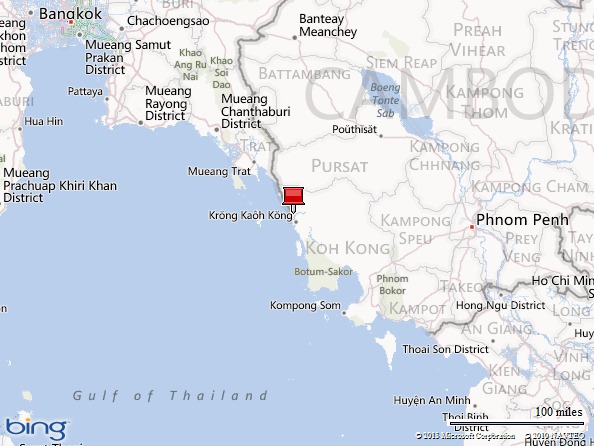
![clip_image002[4] clip_image002[4]](https://www.mgedwards.com/wp-content/uploads/2013/05/clip_image0024.jpg)